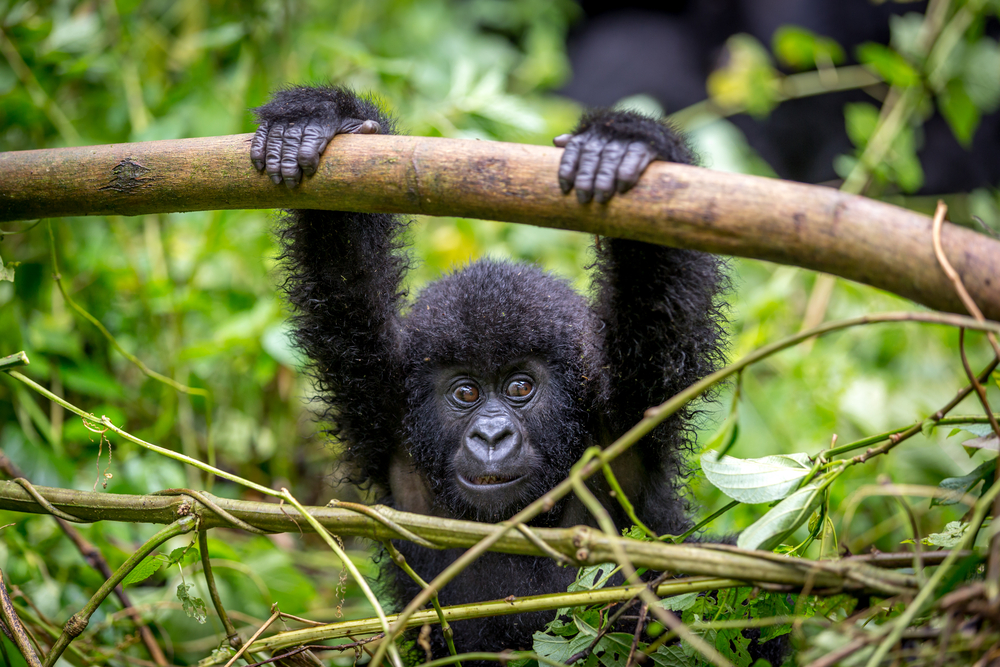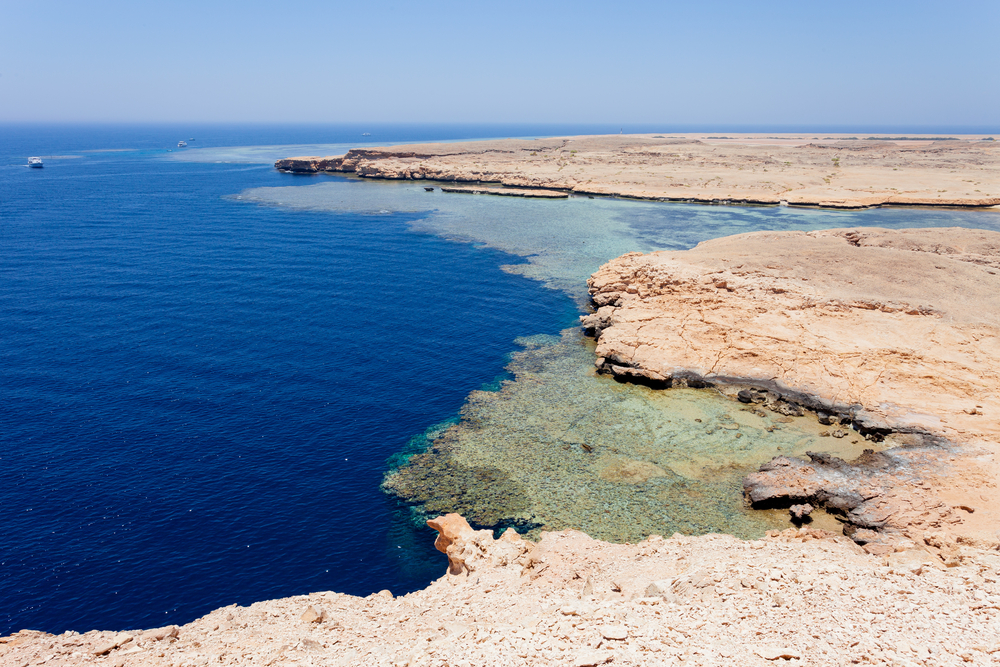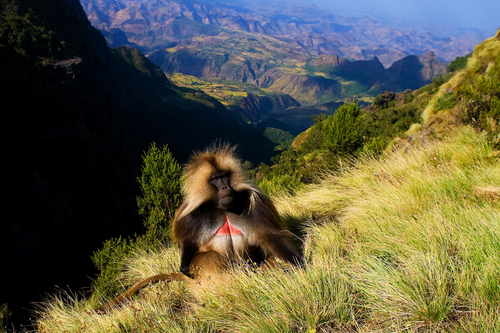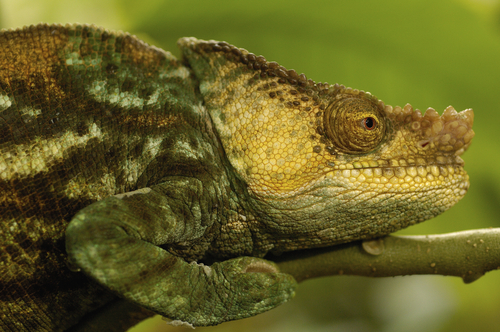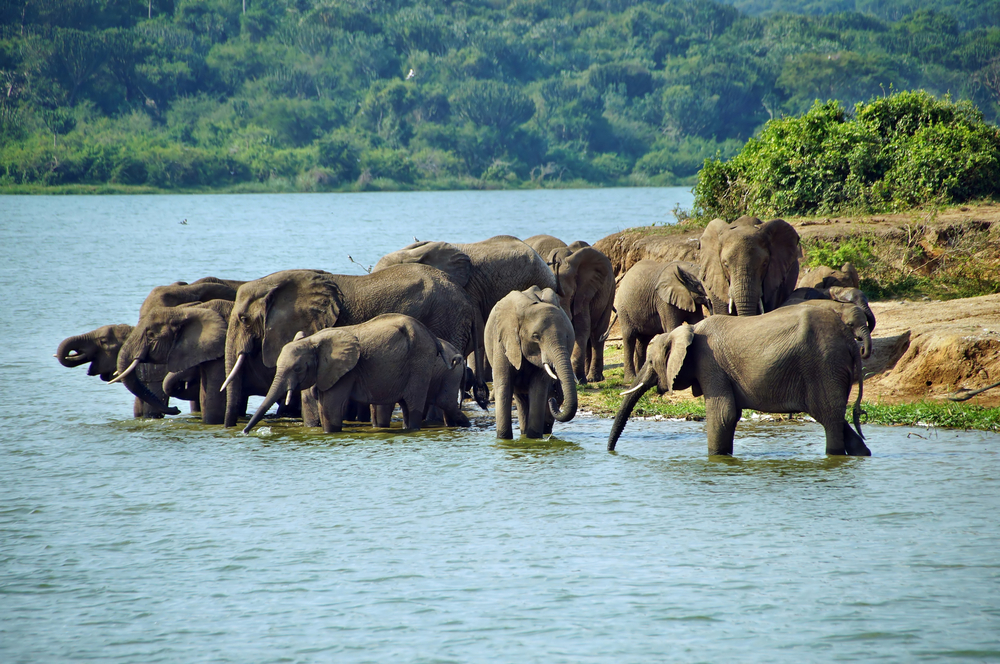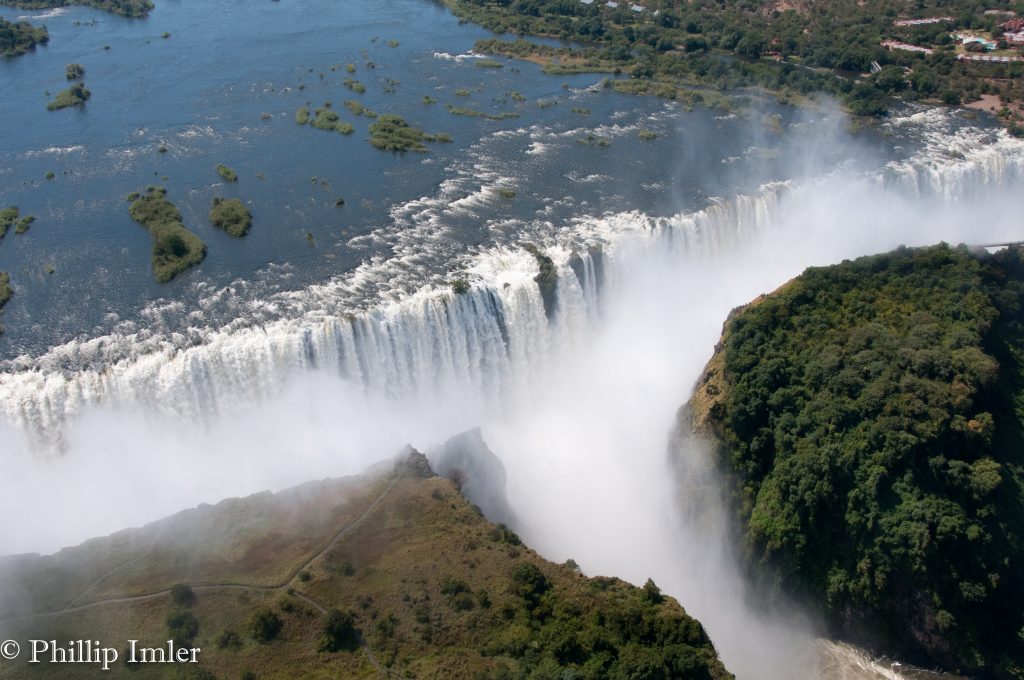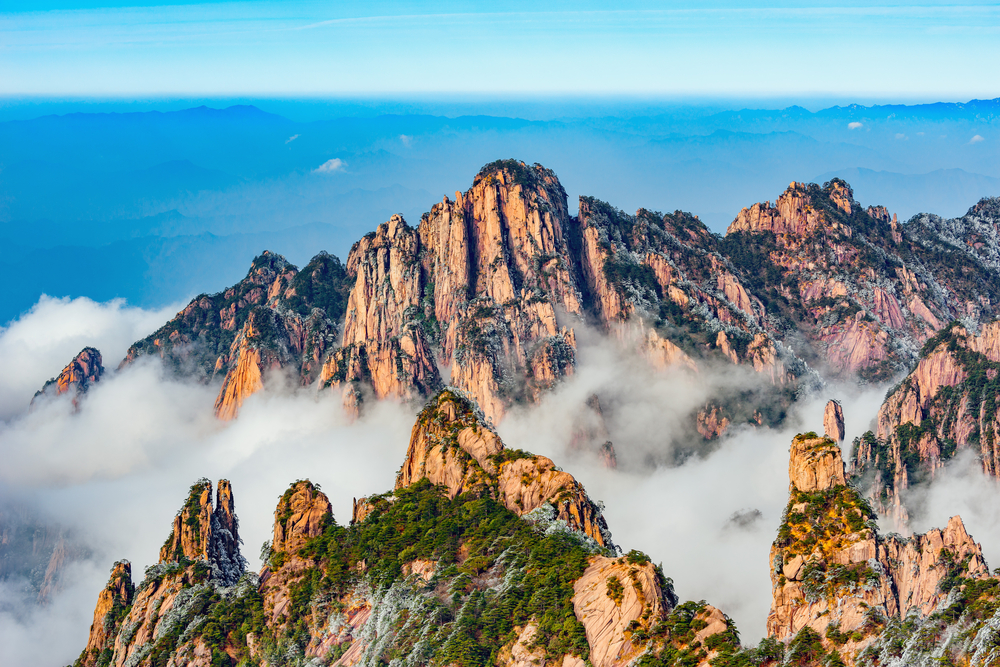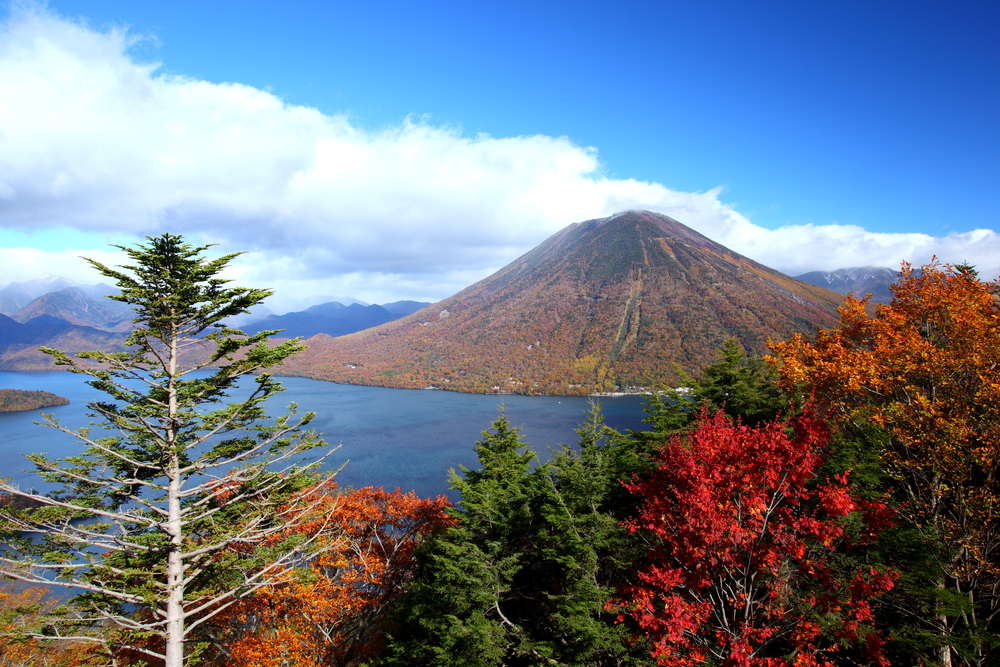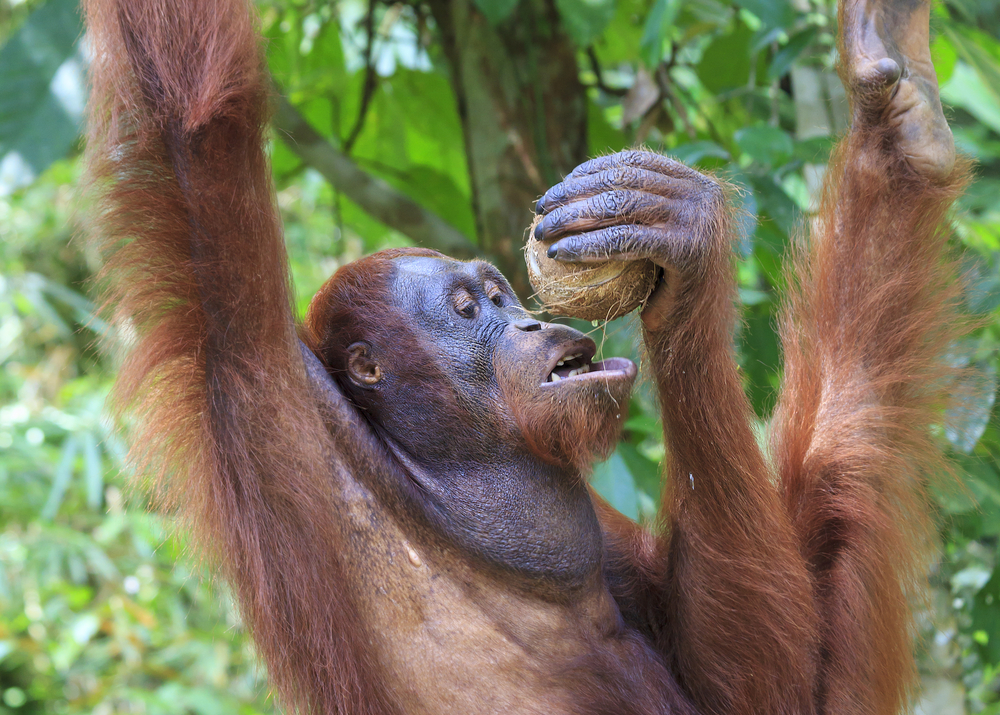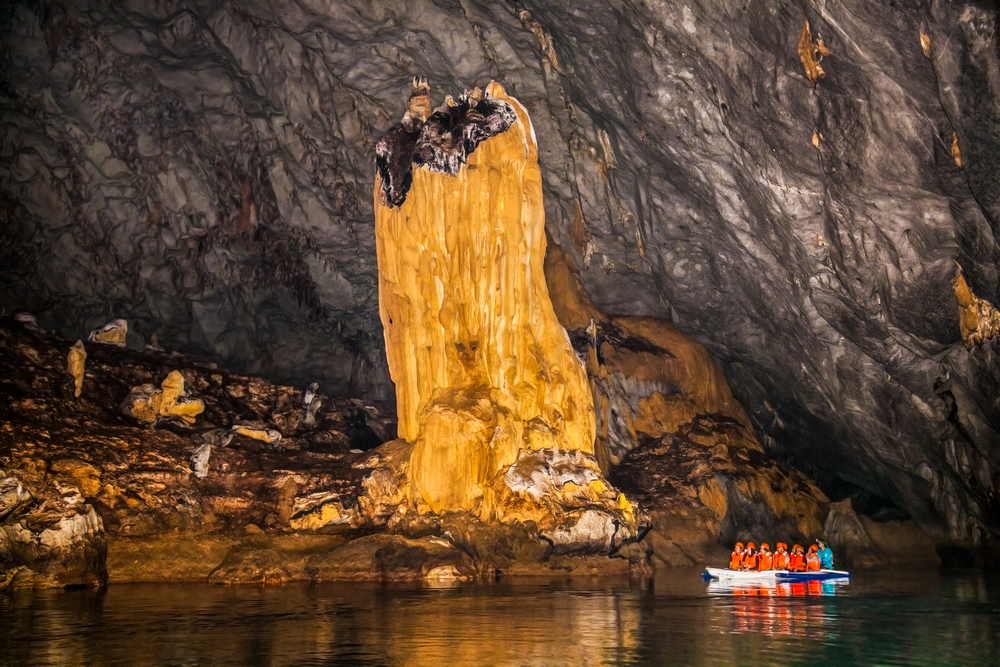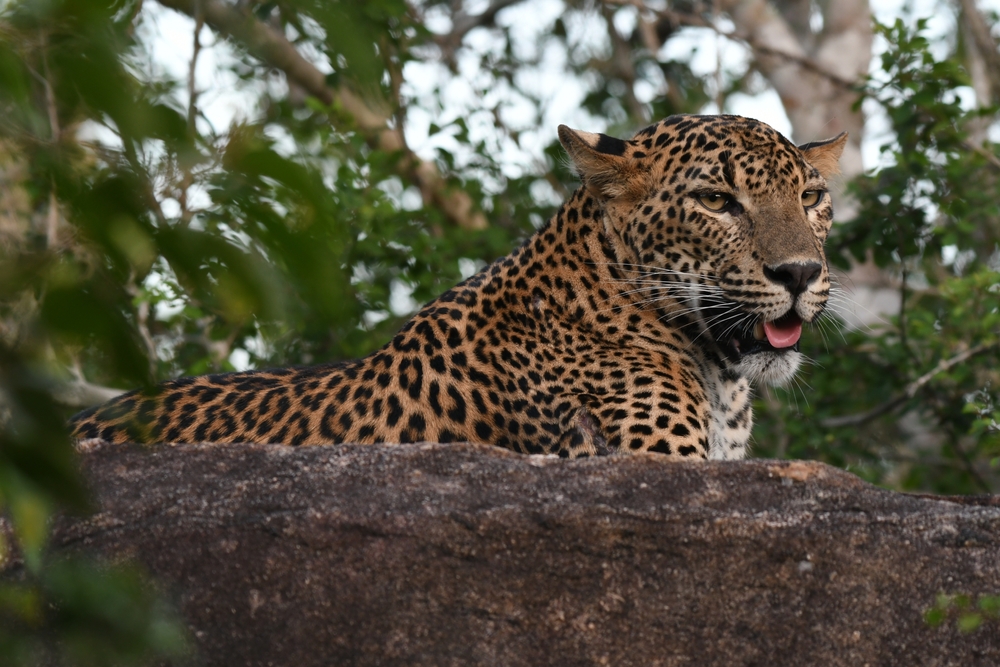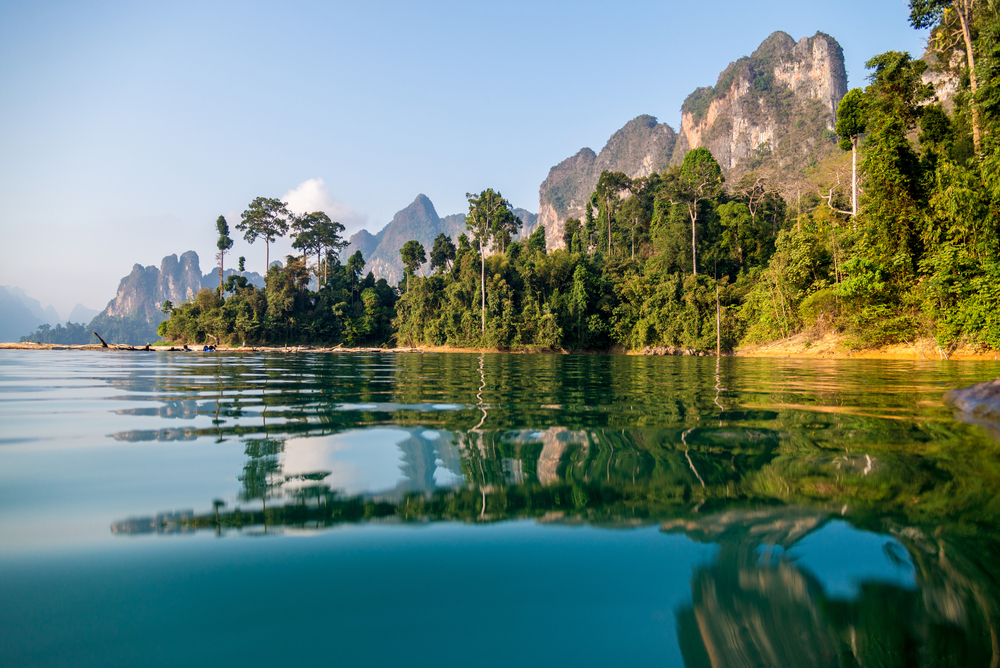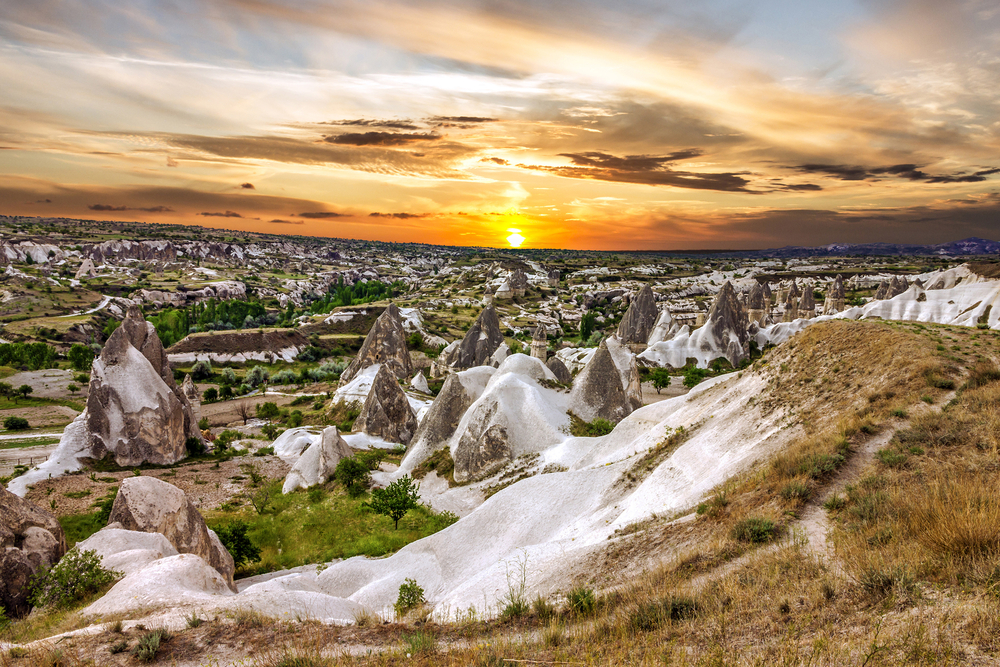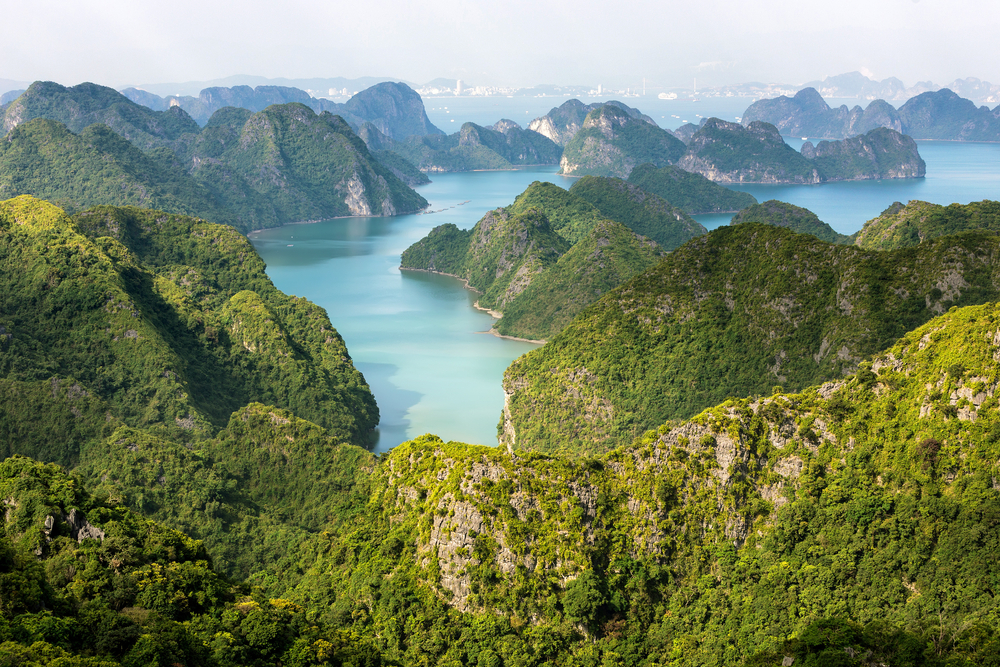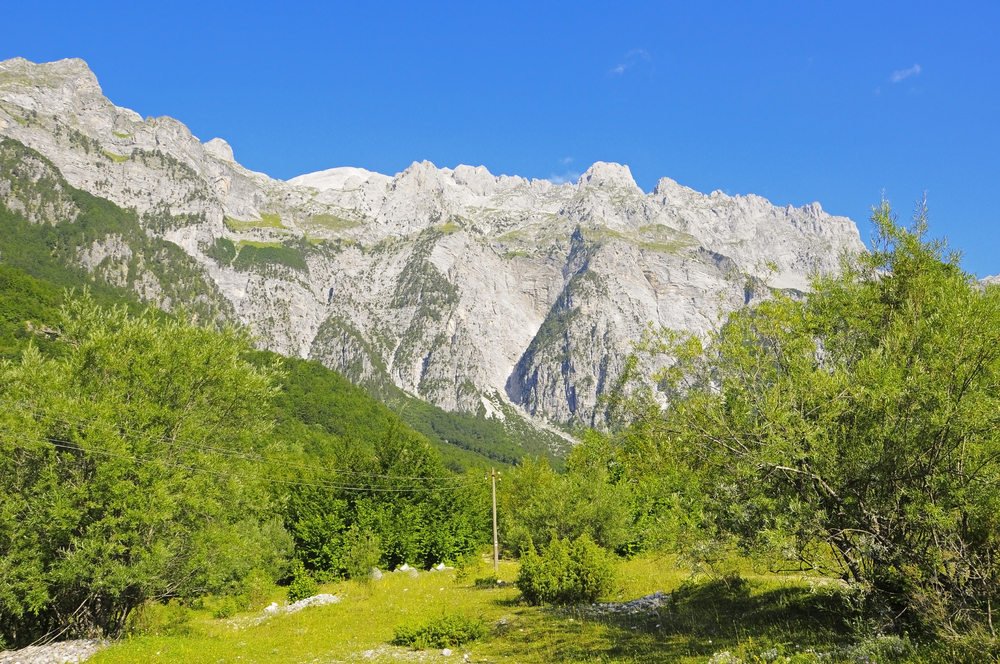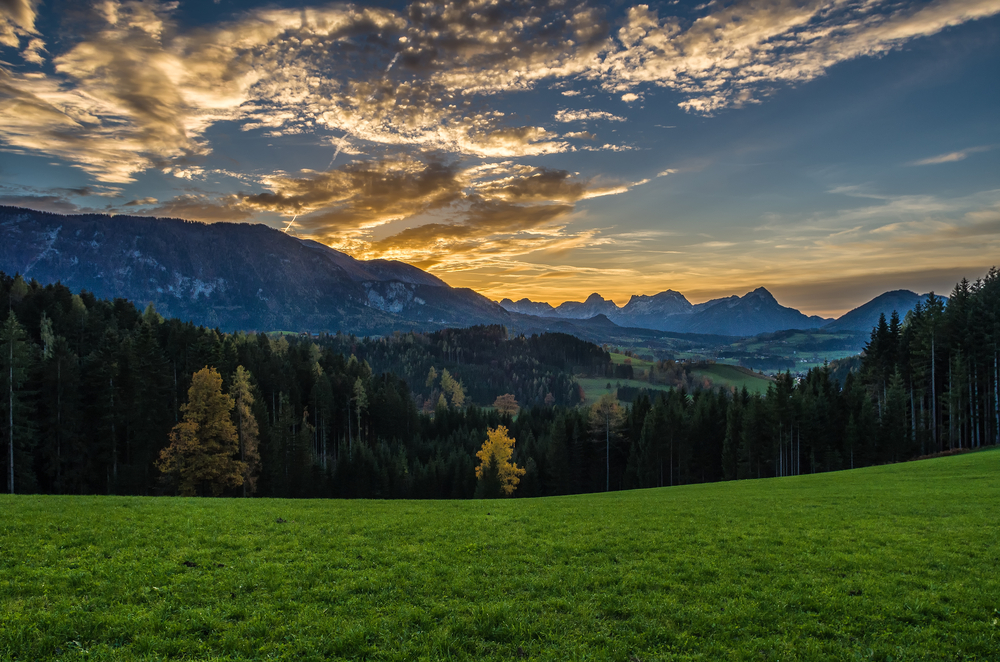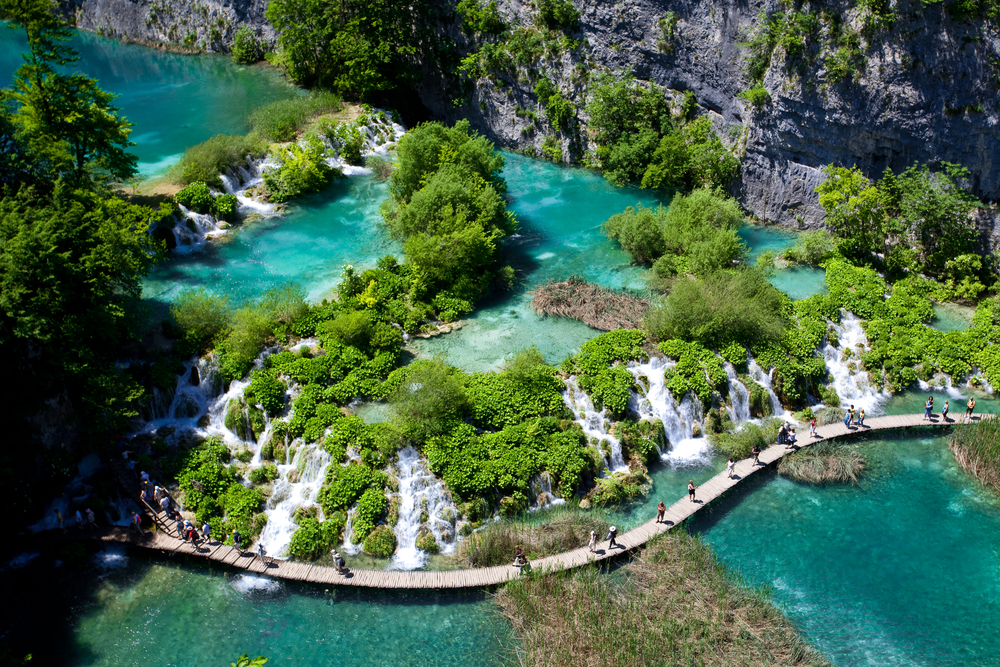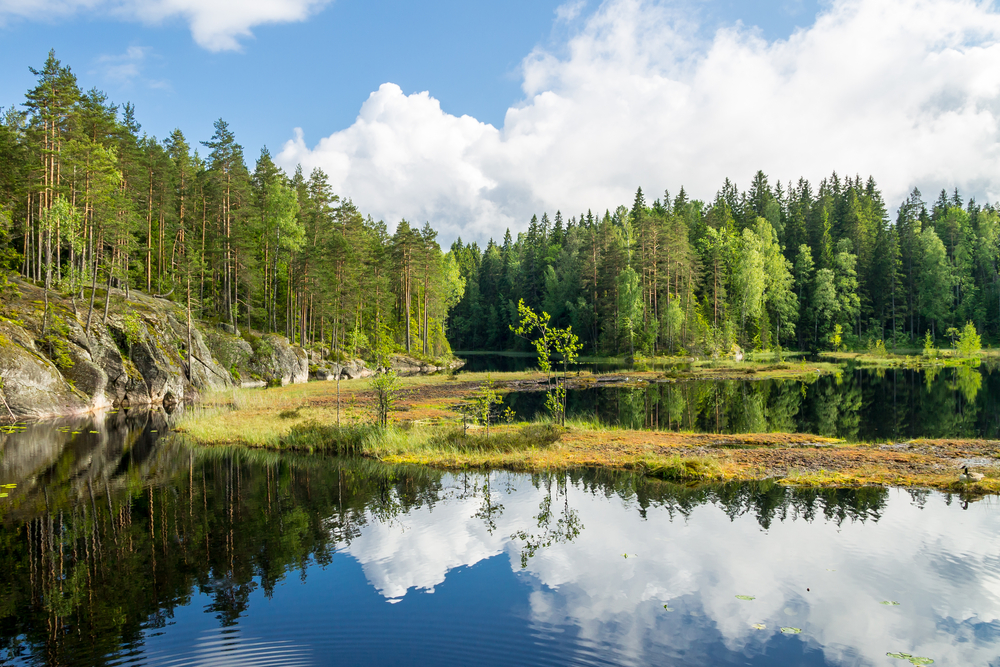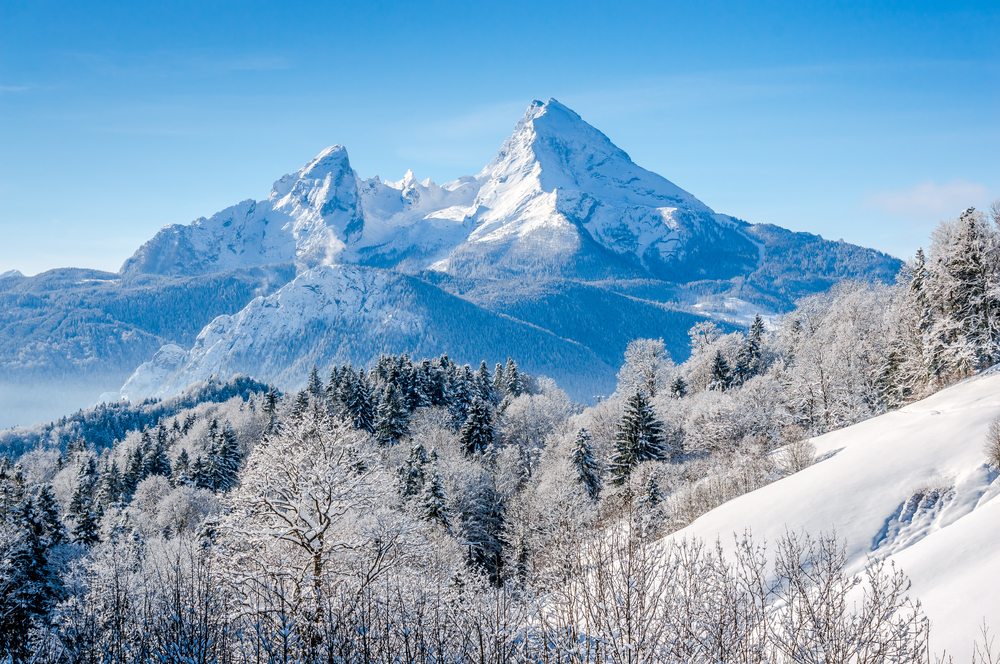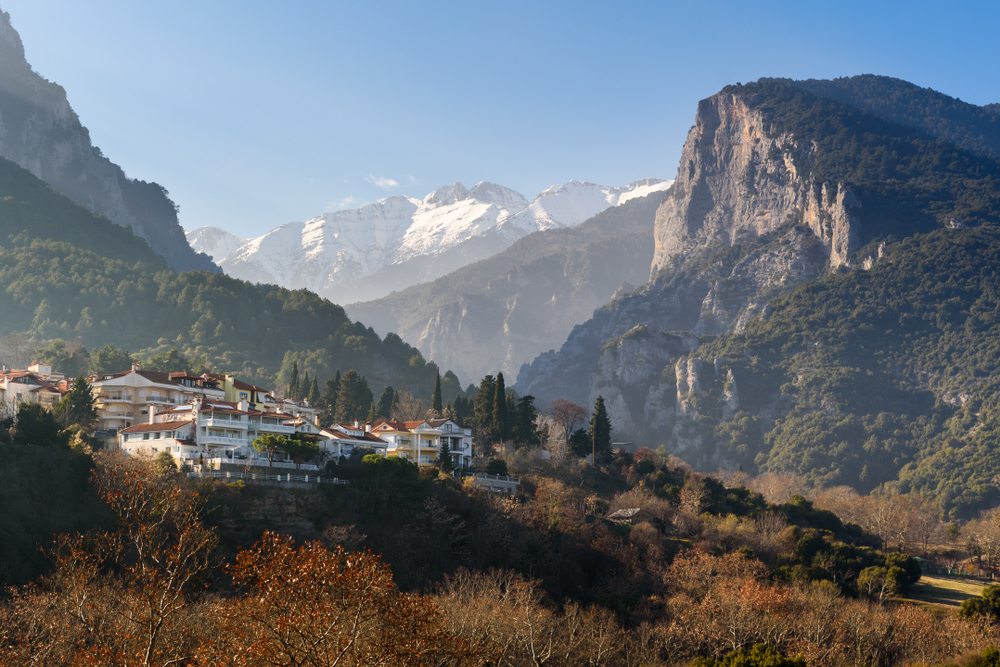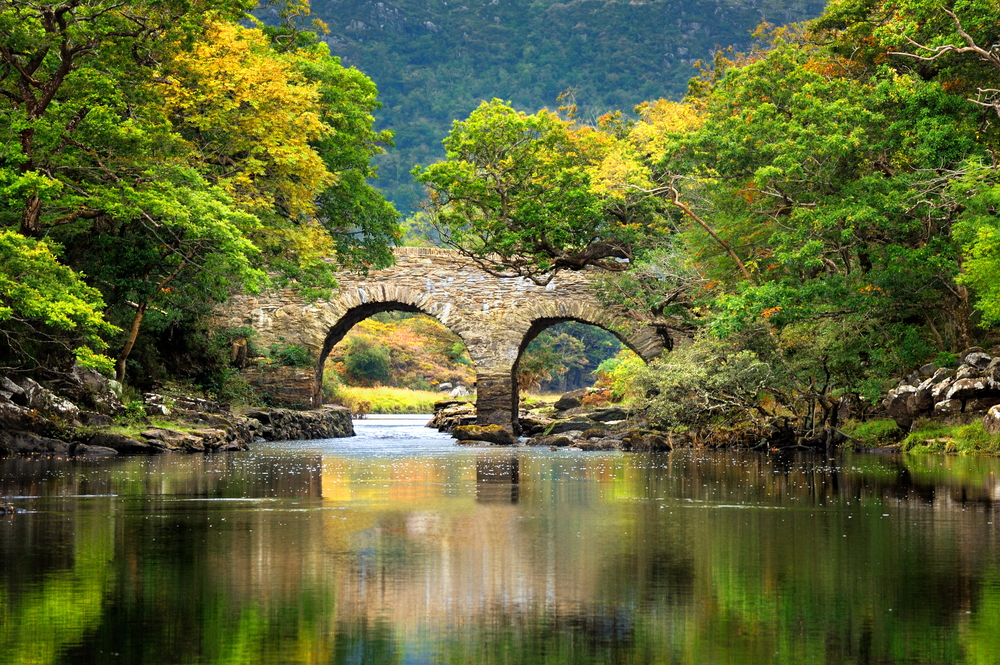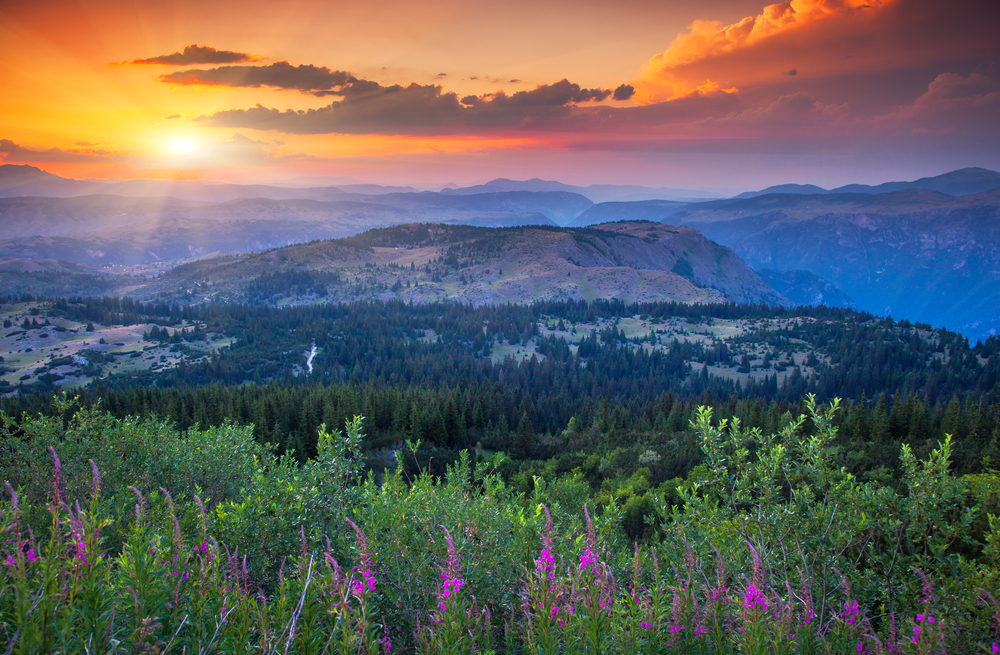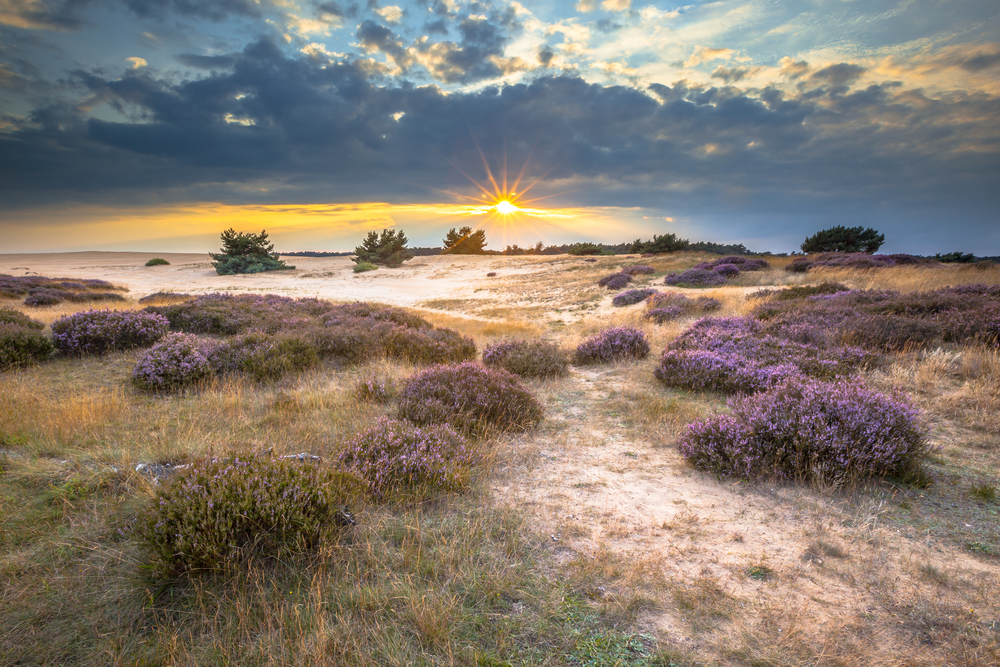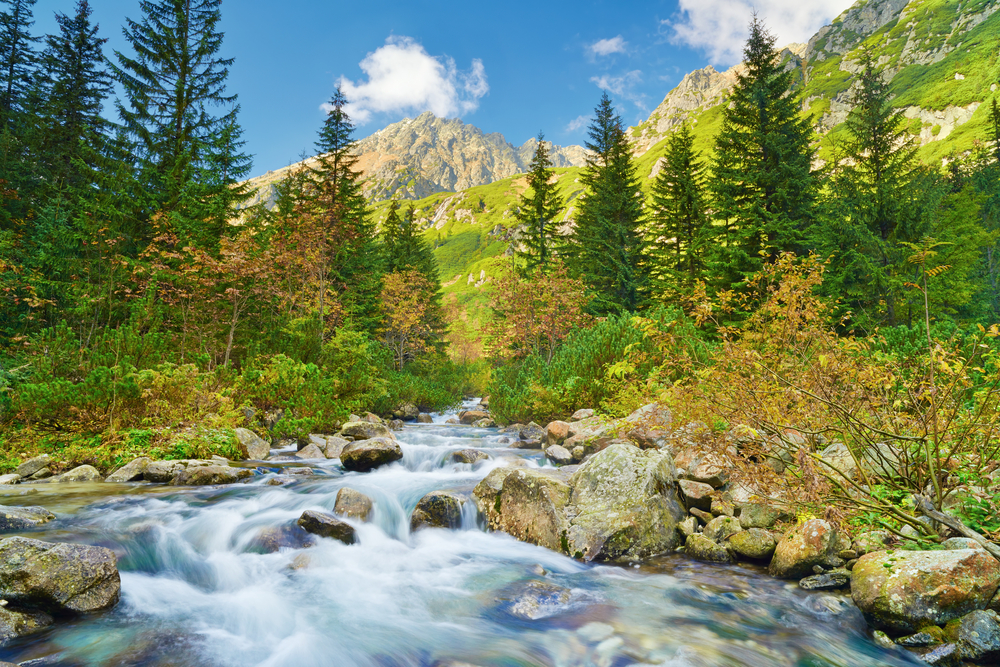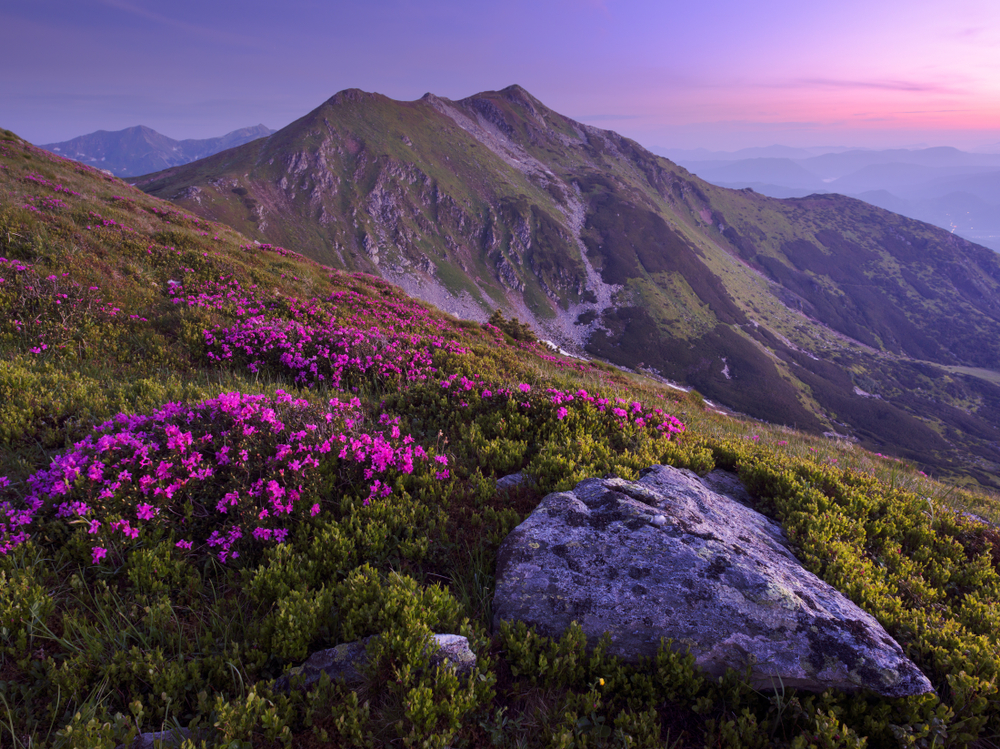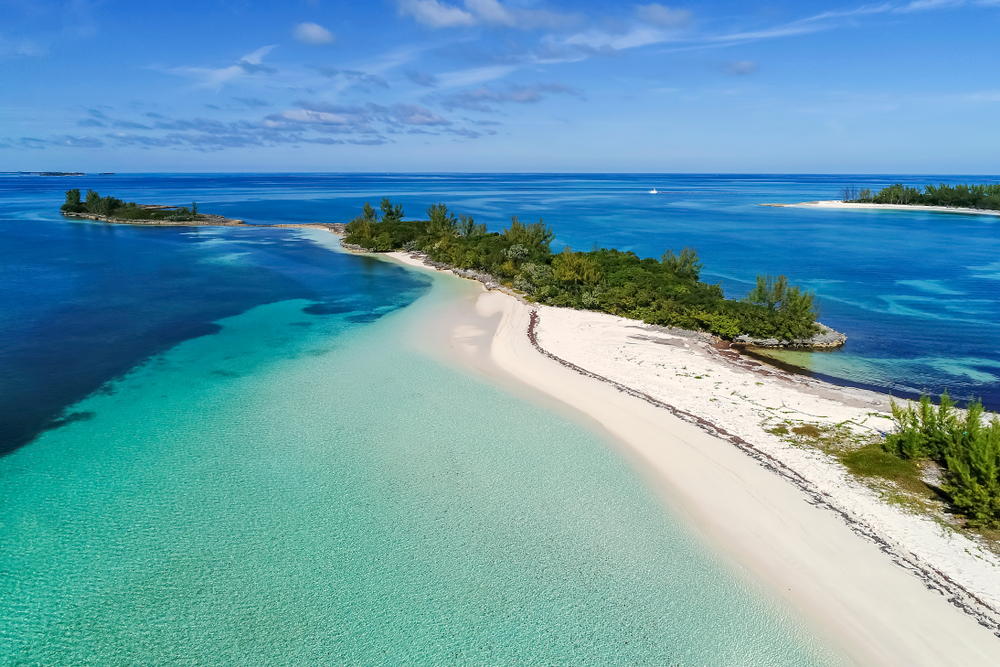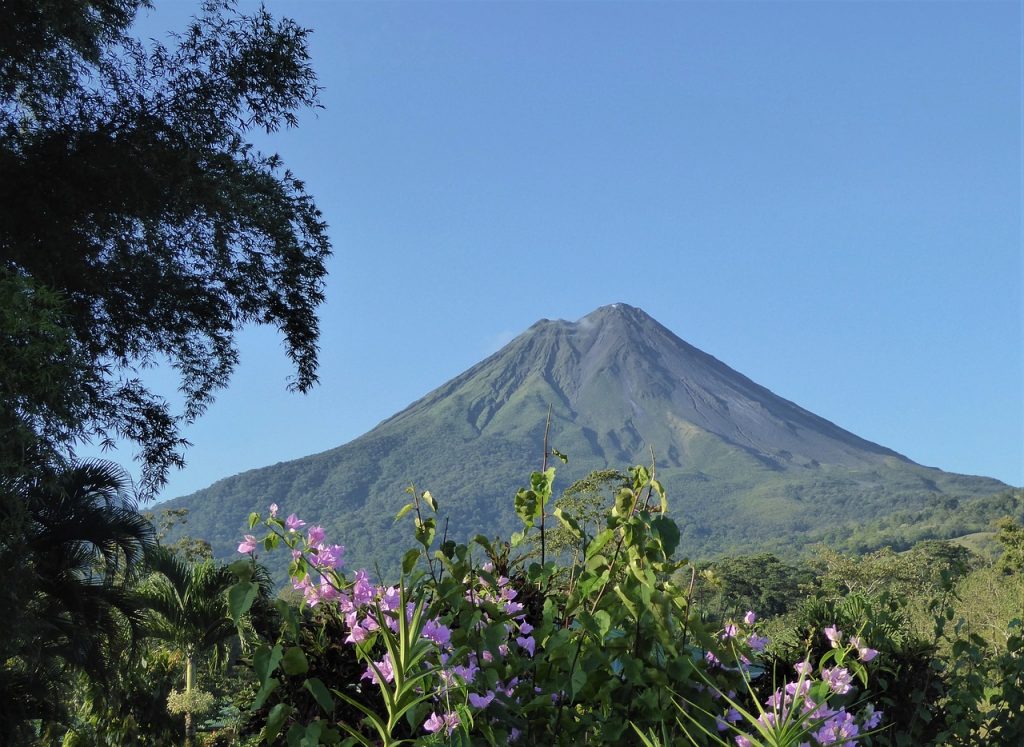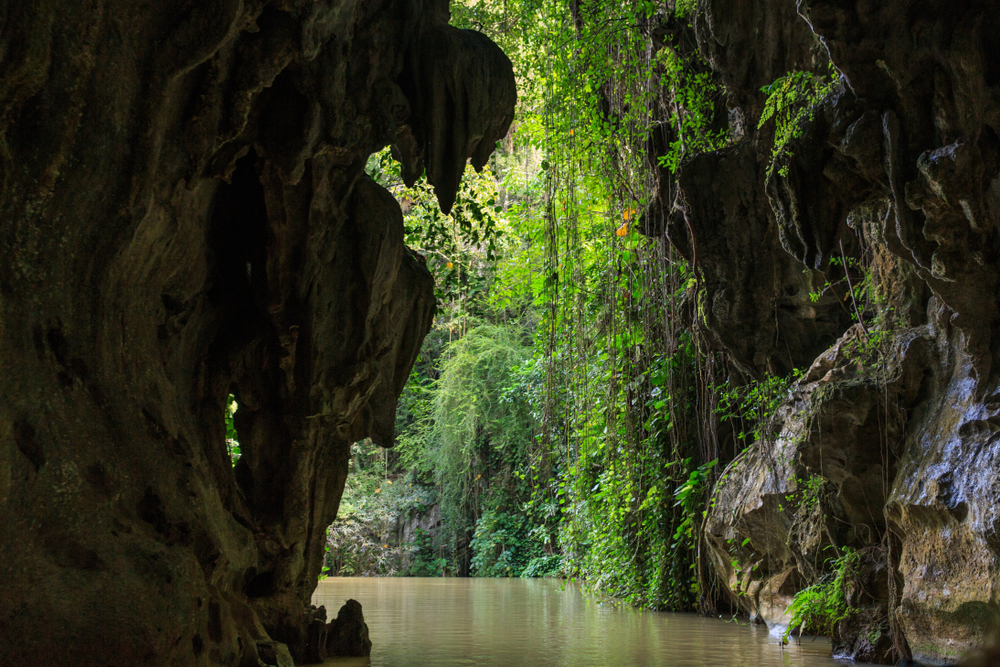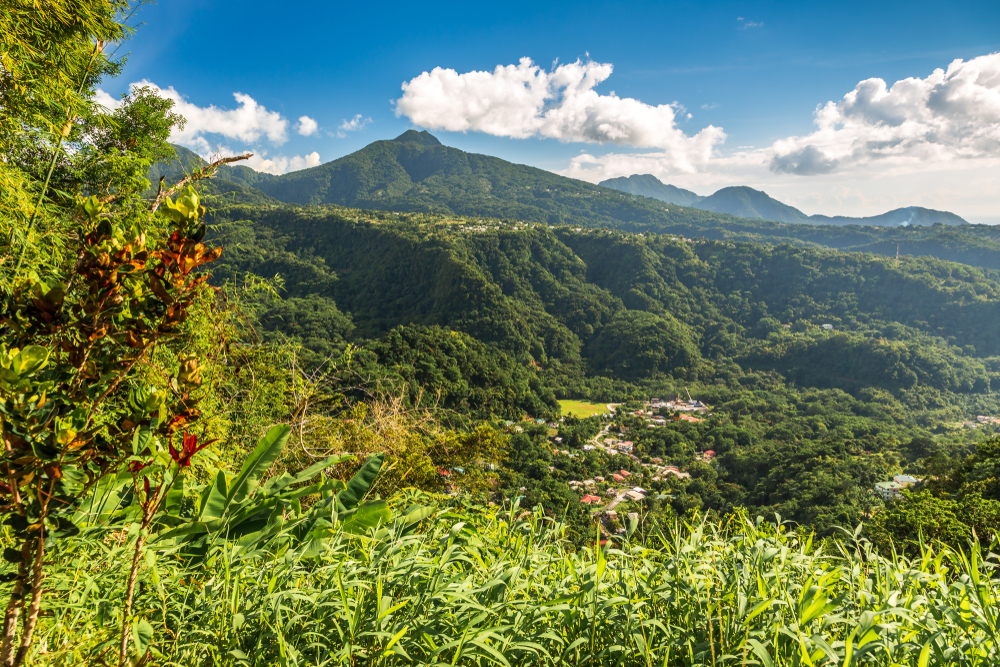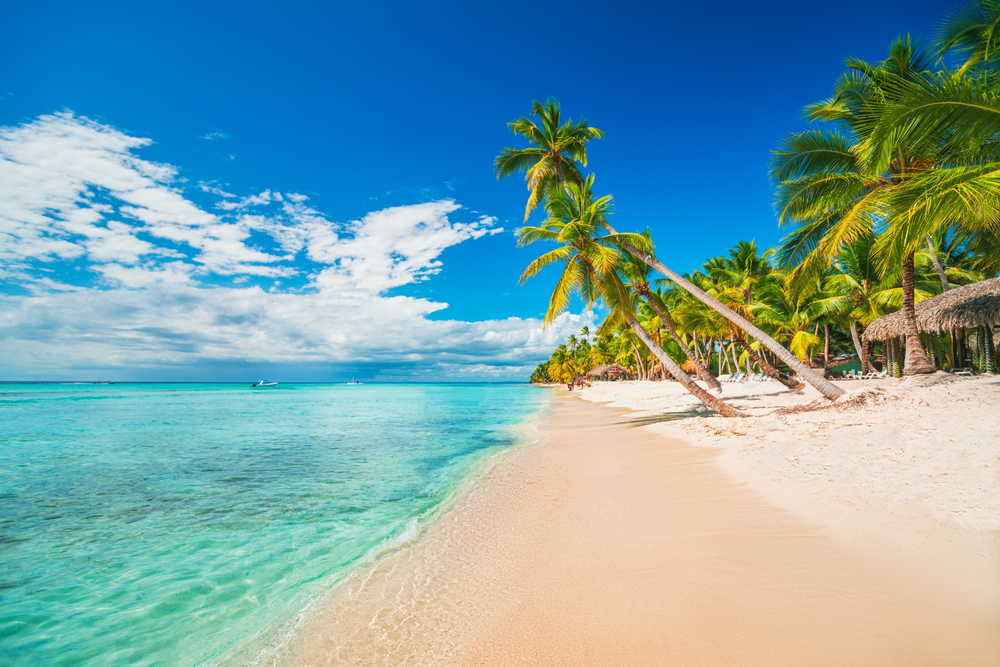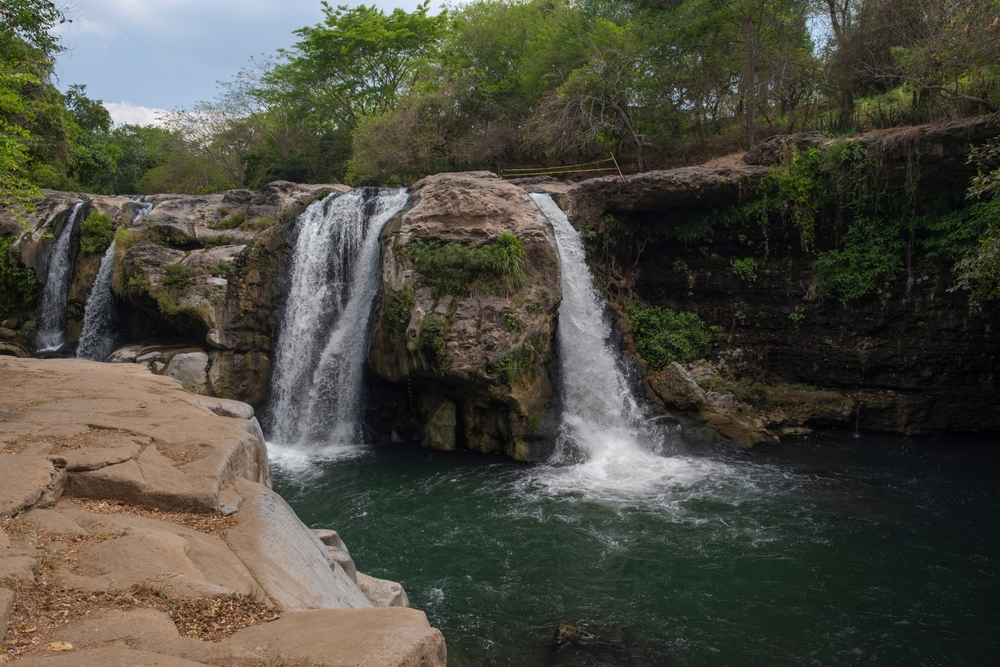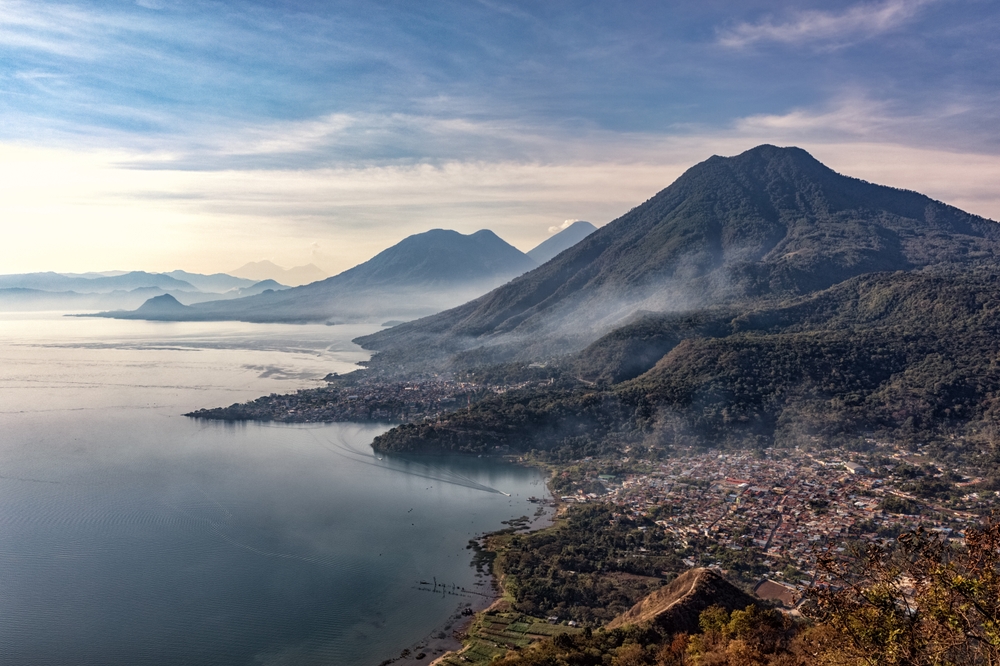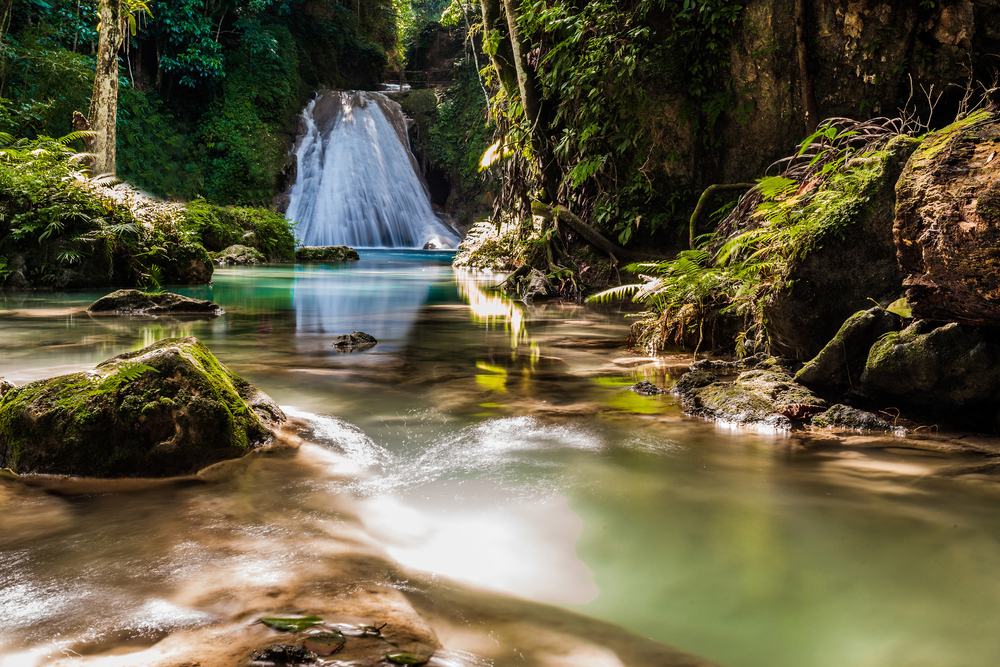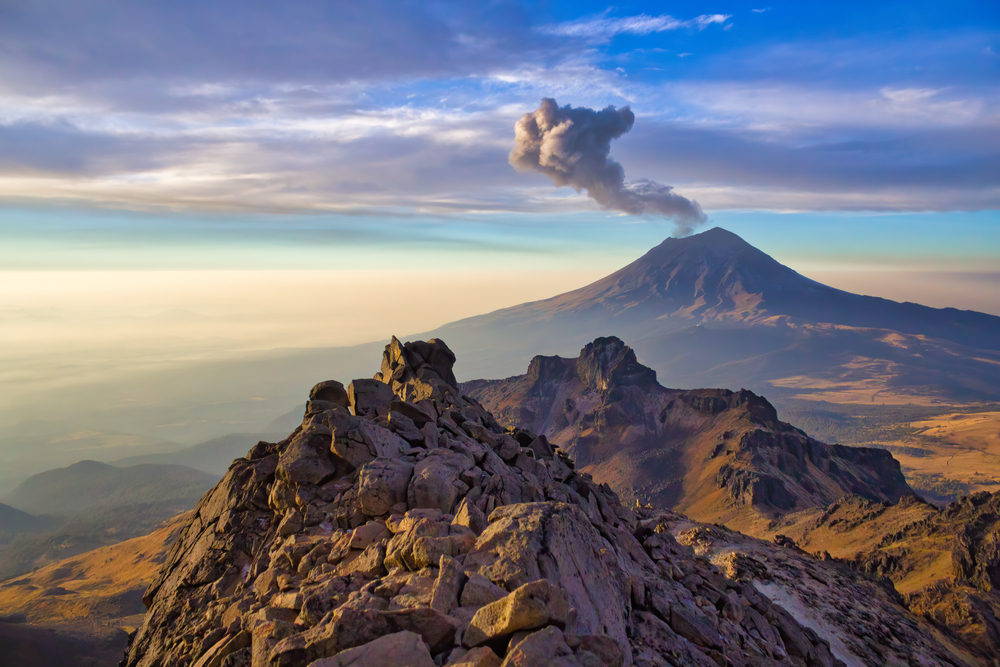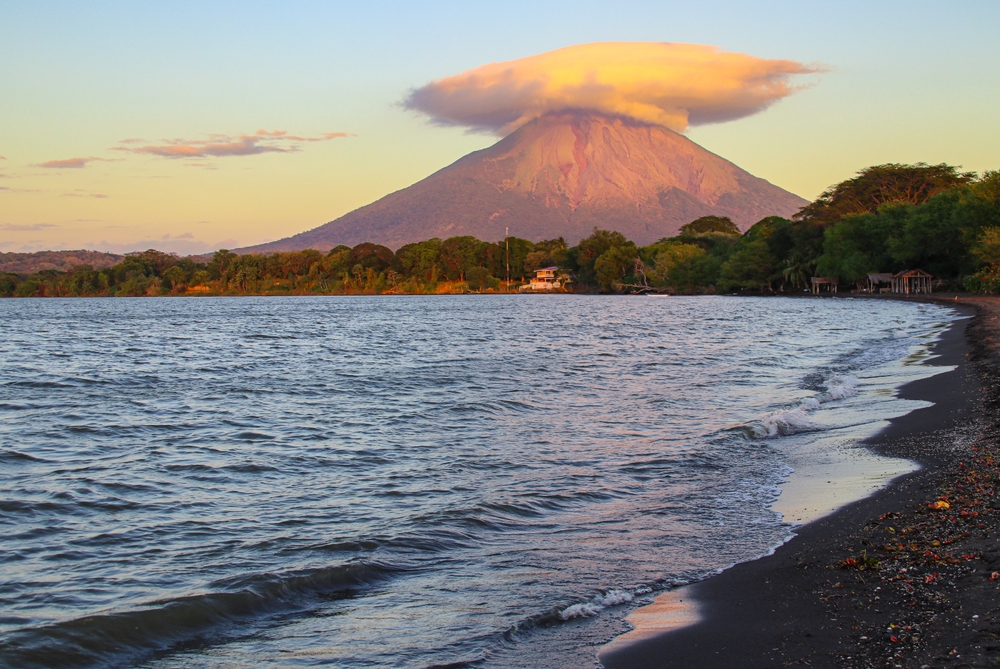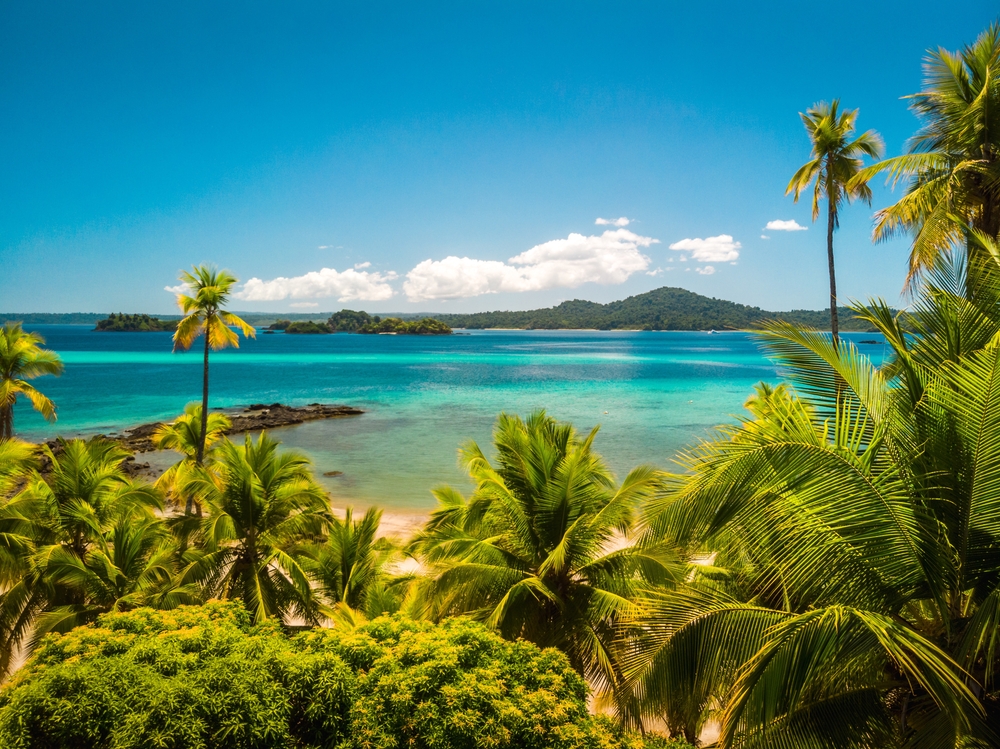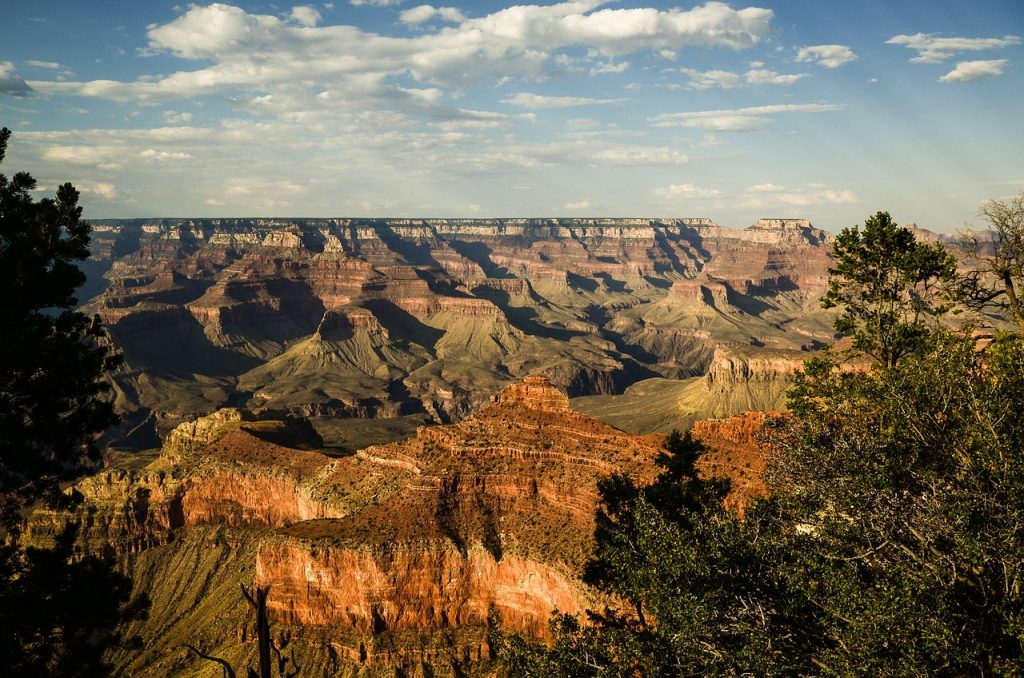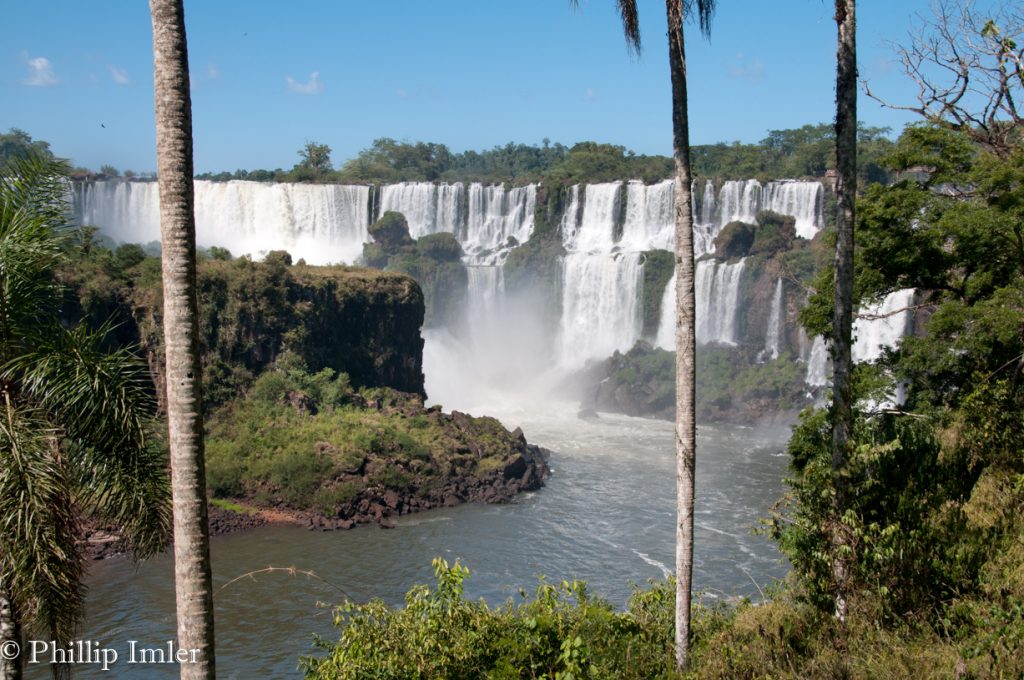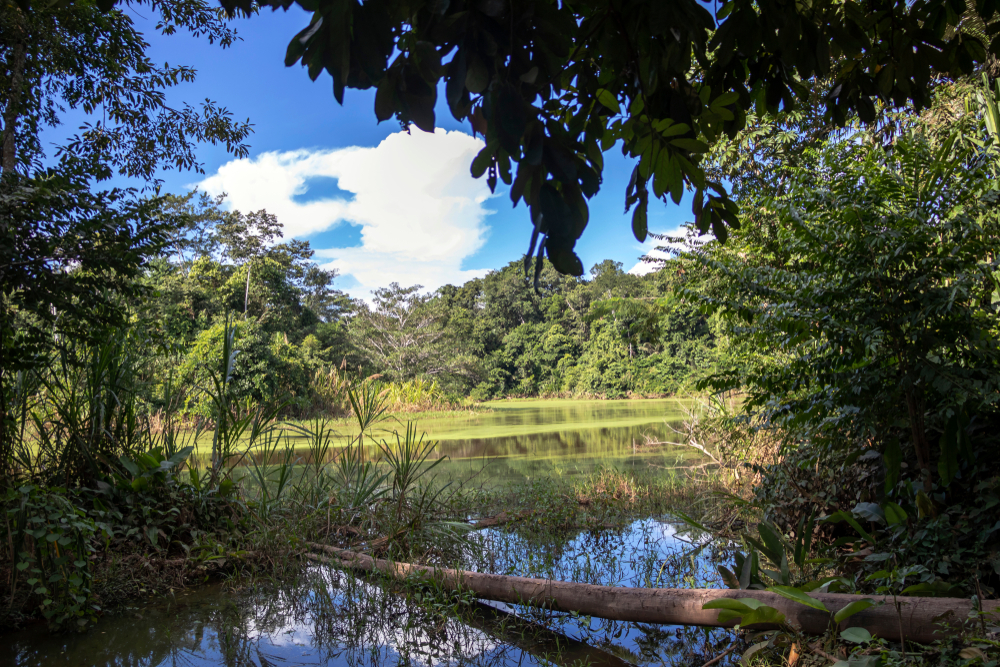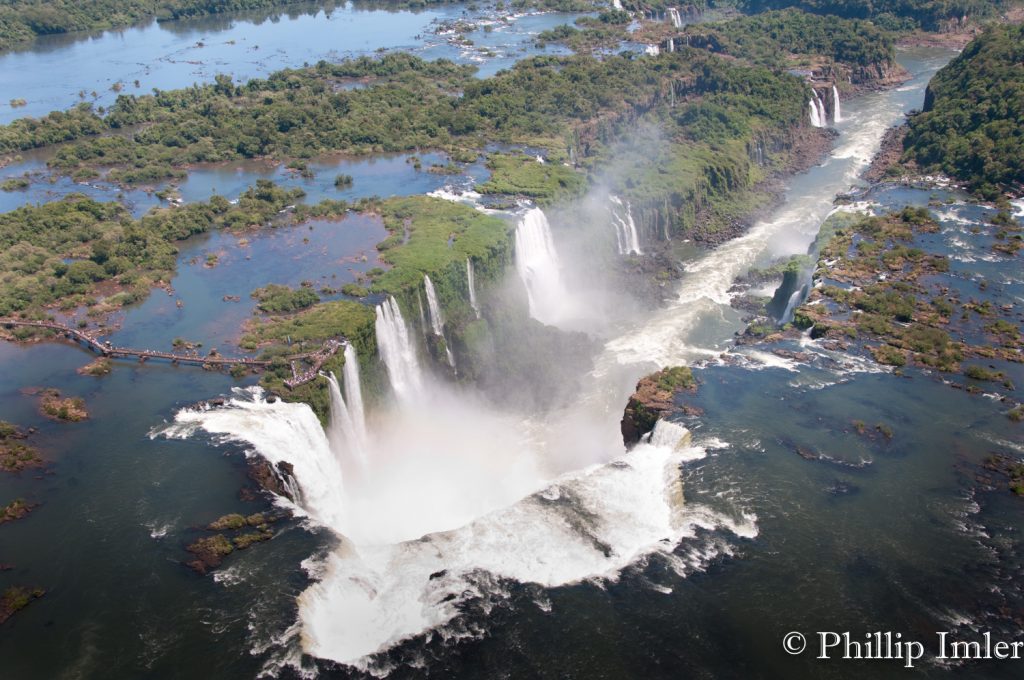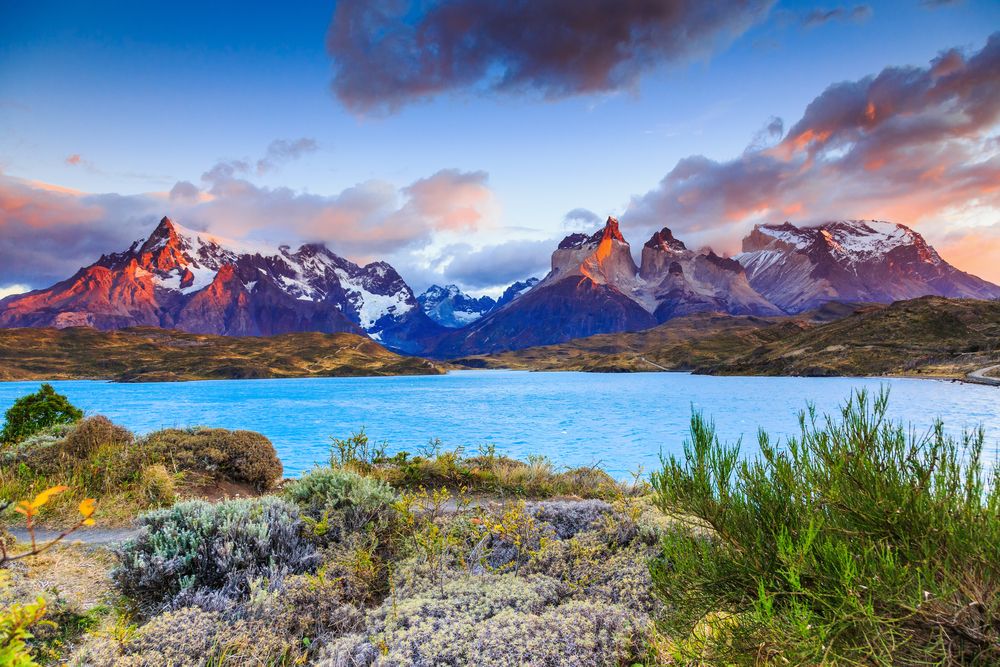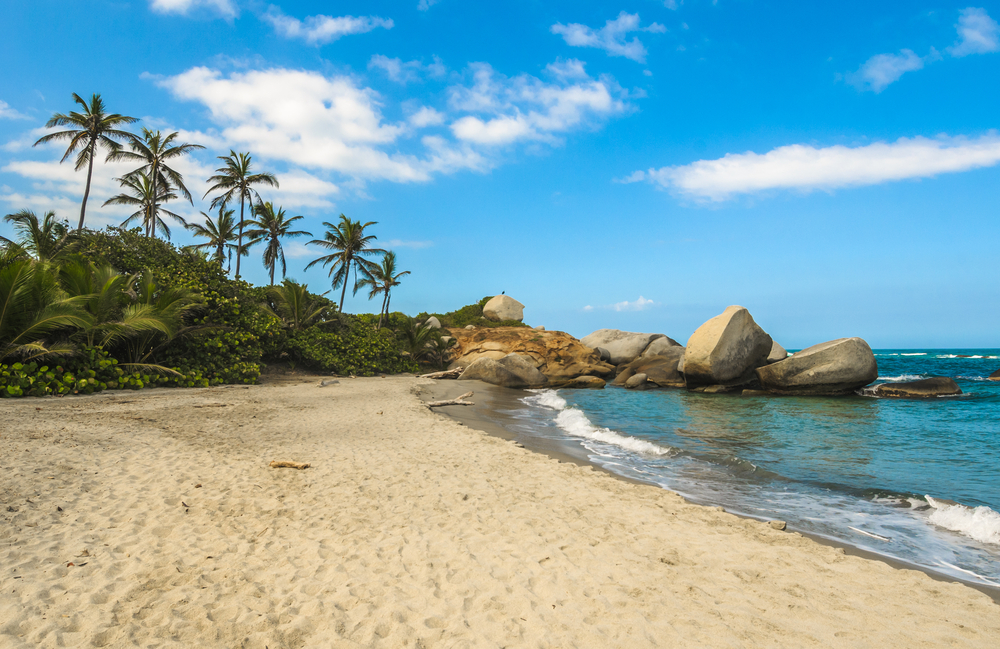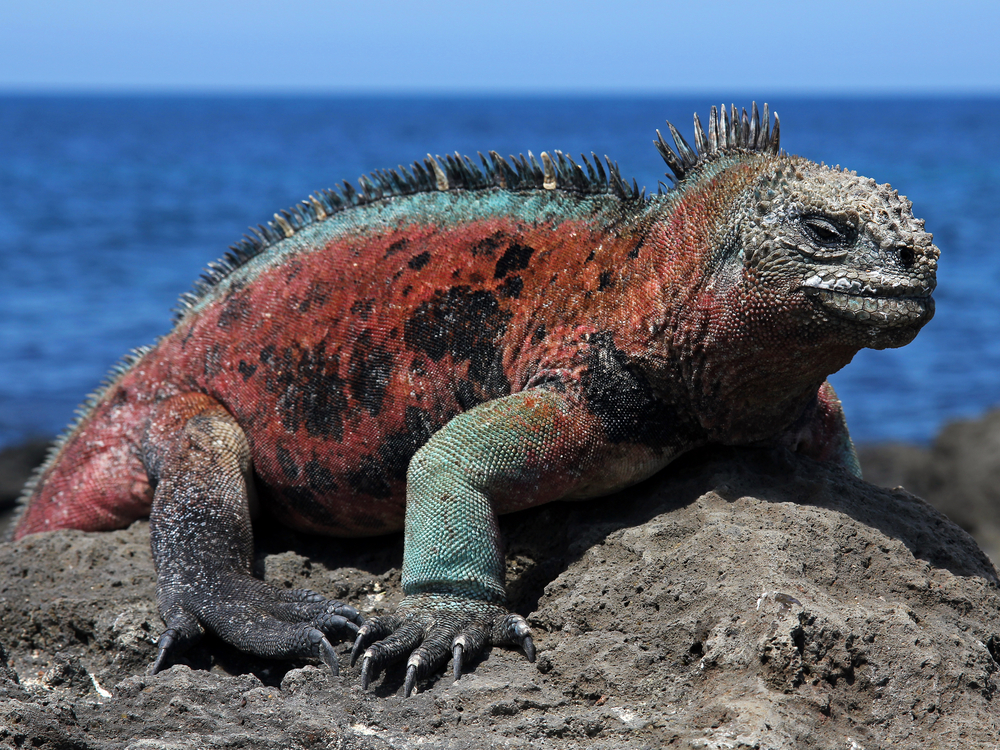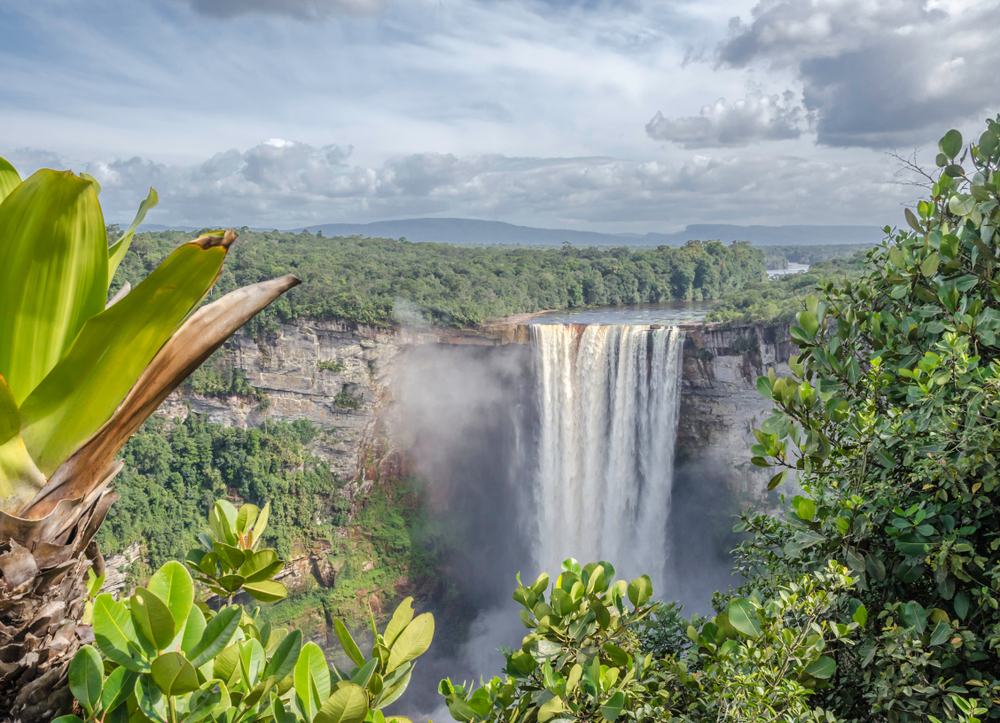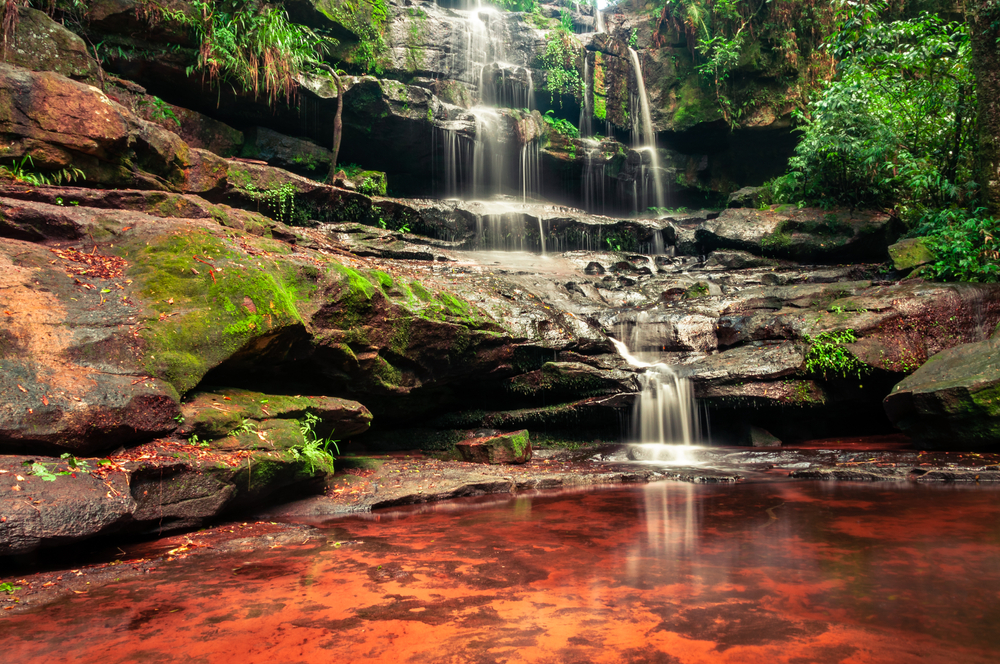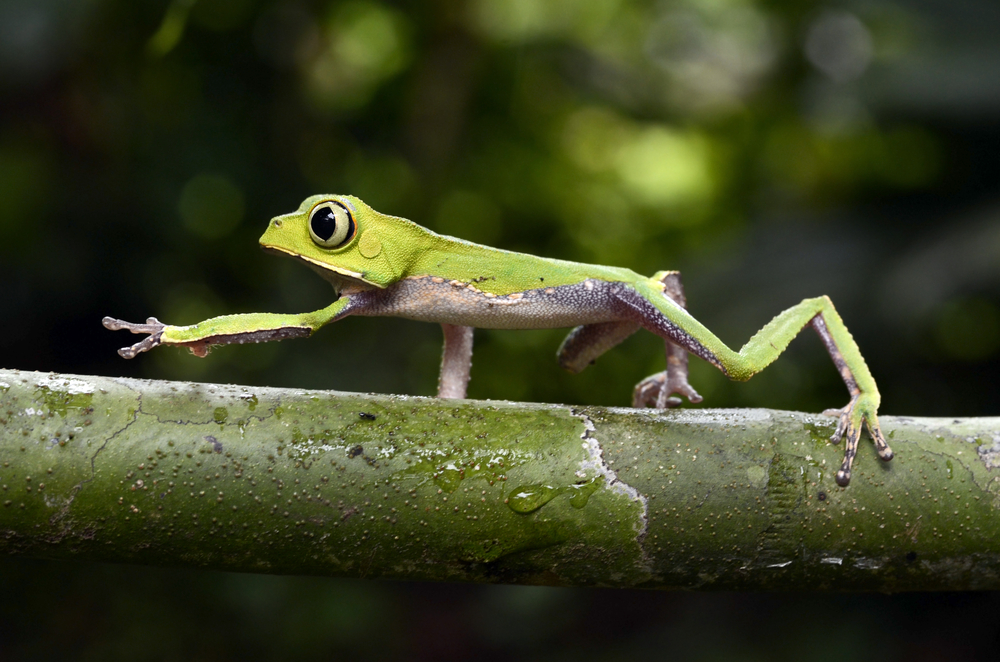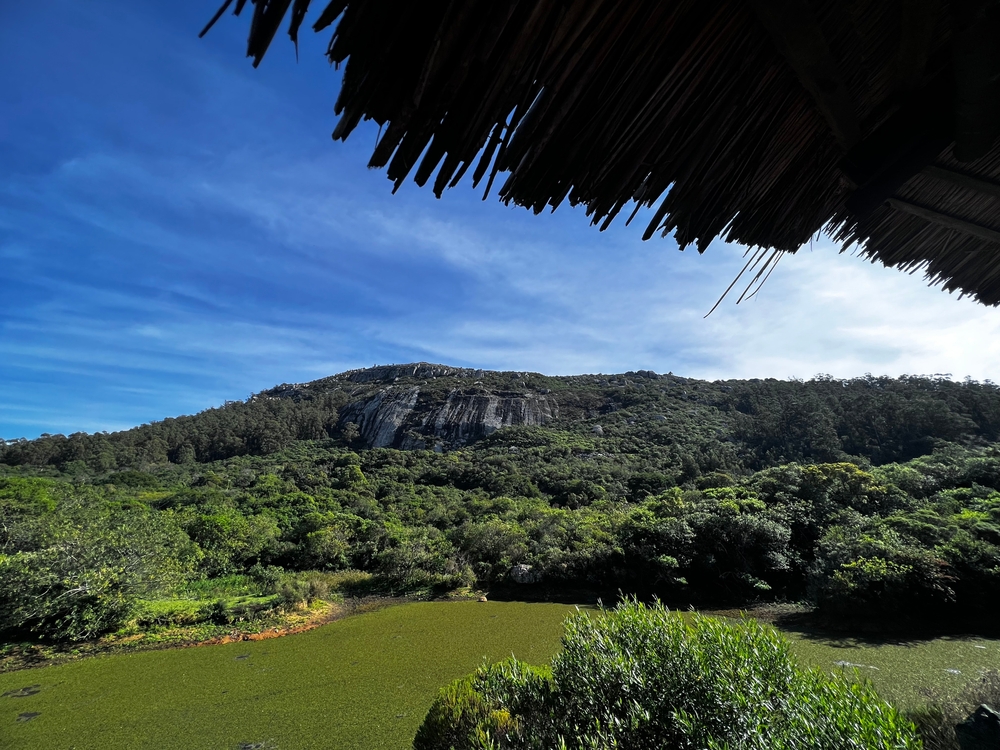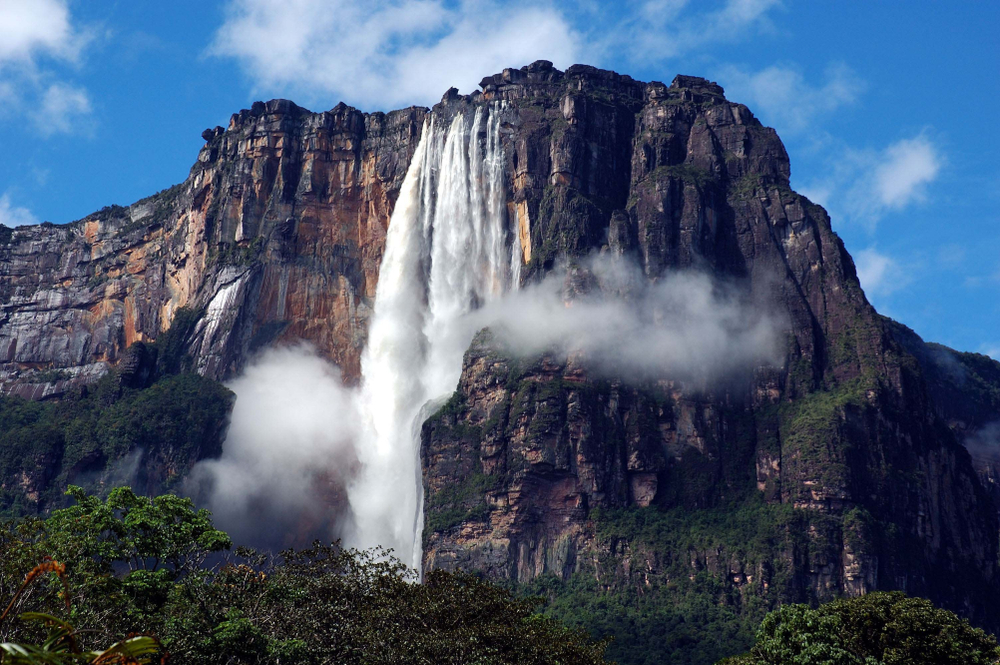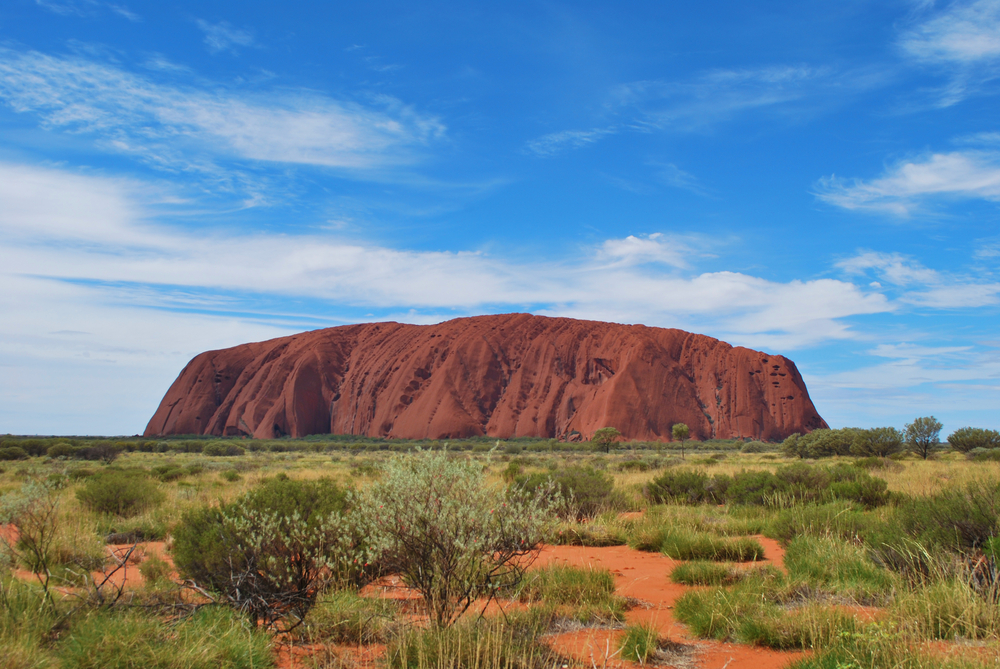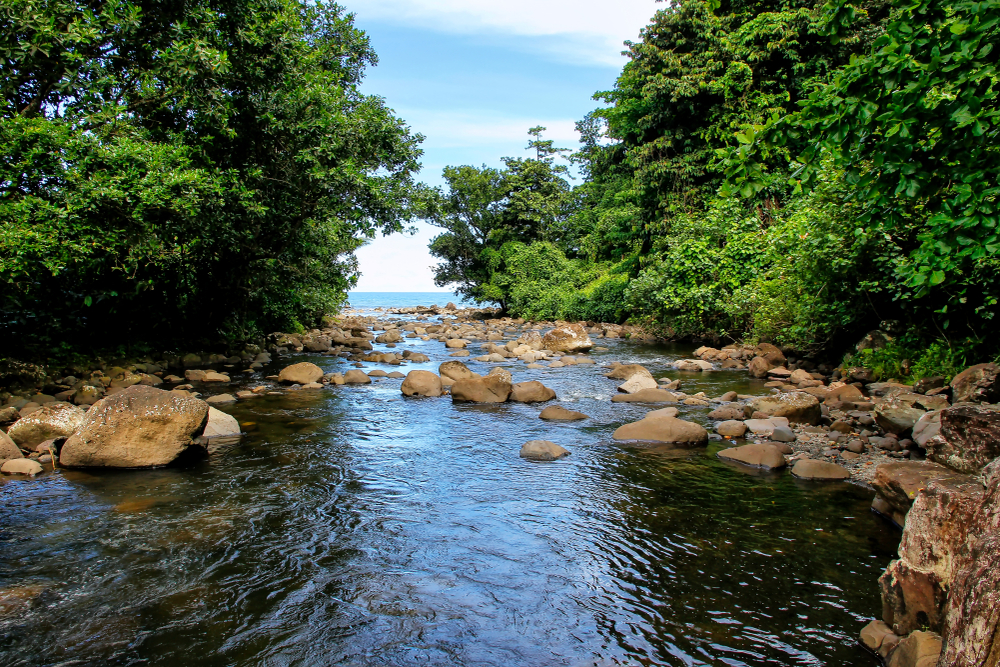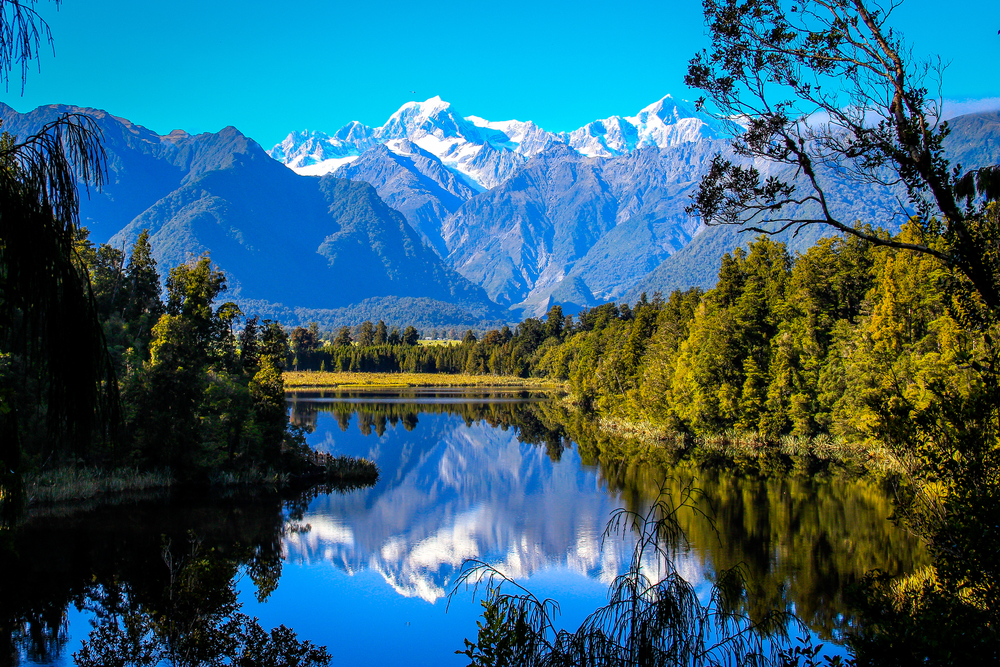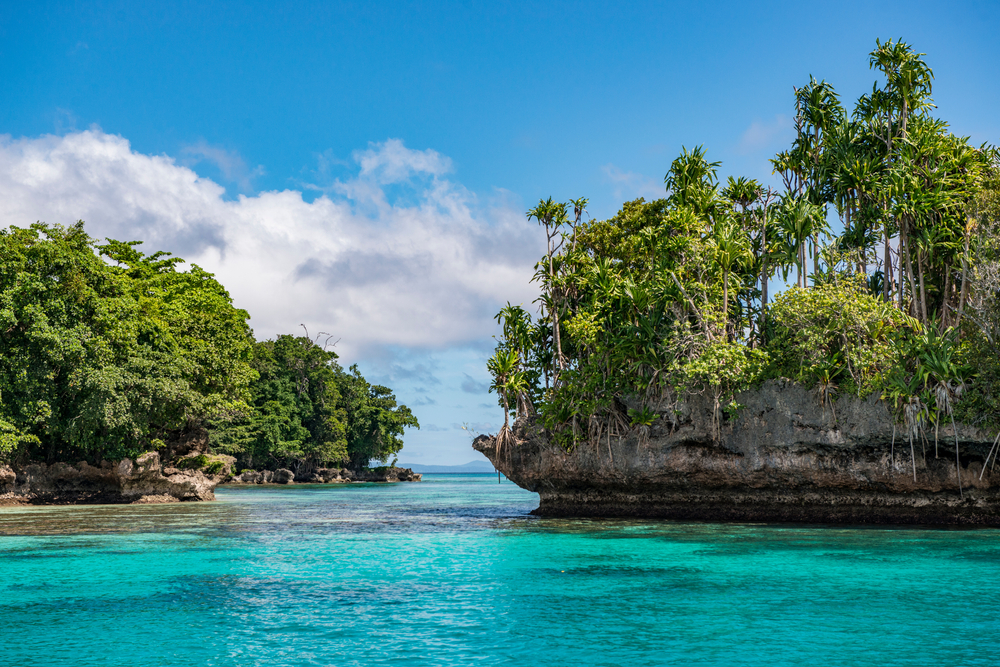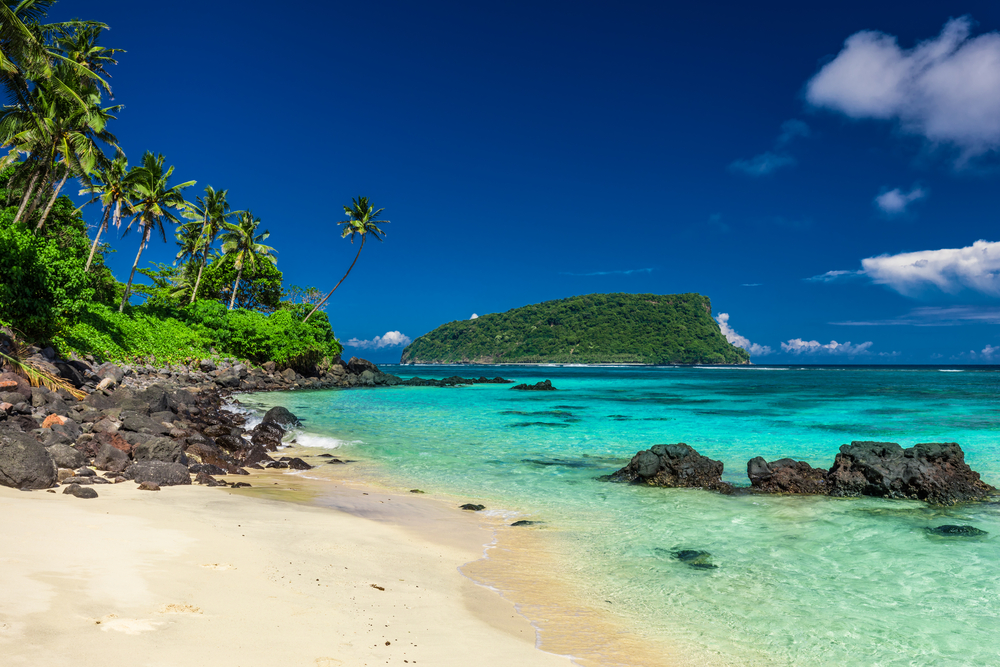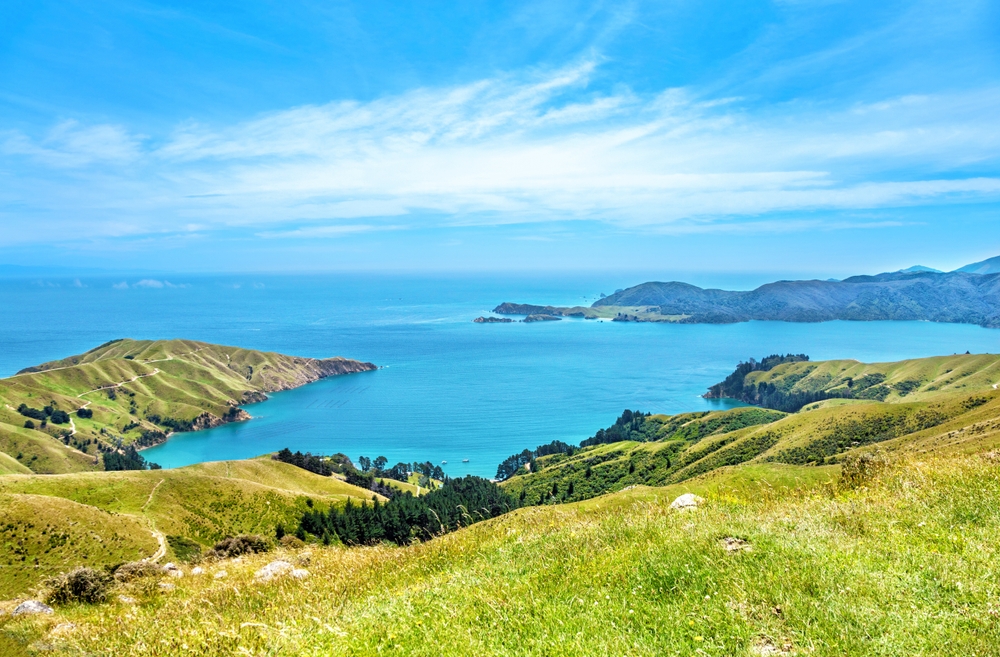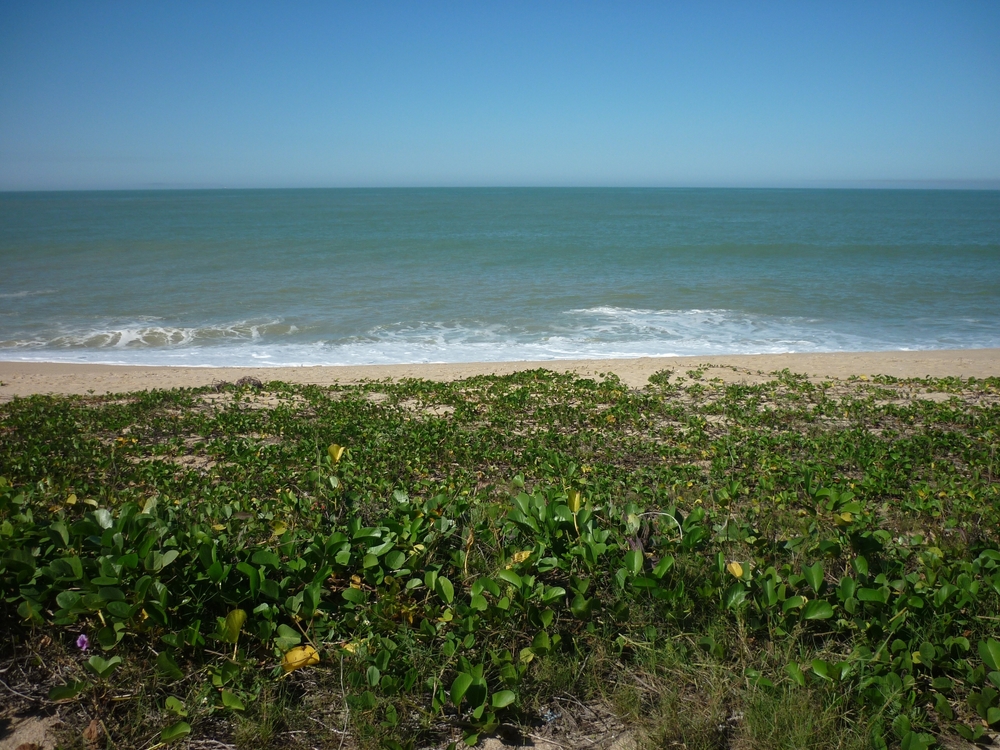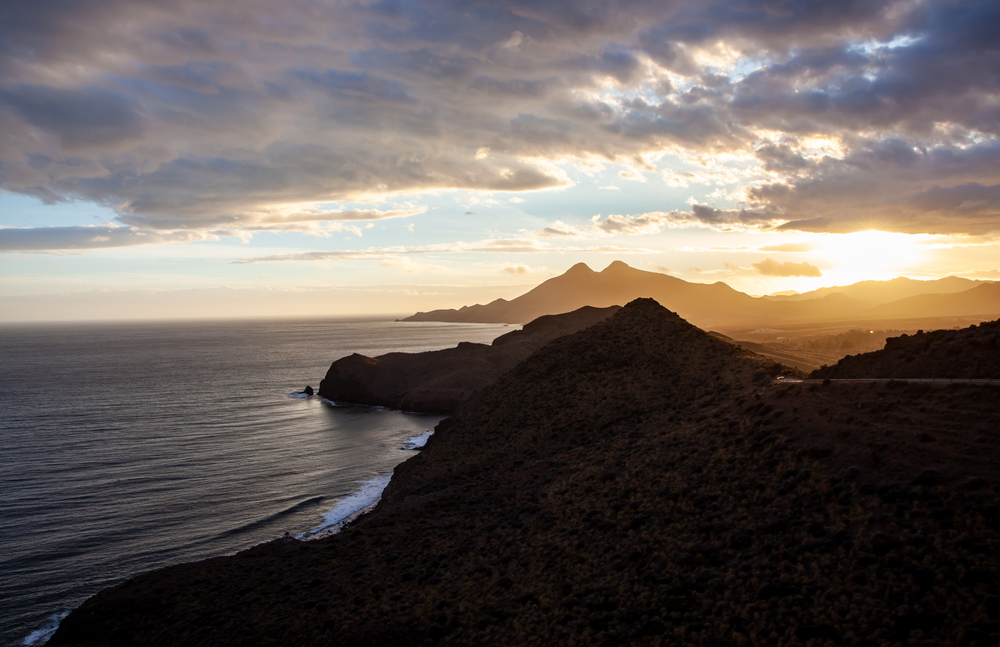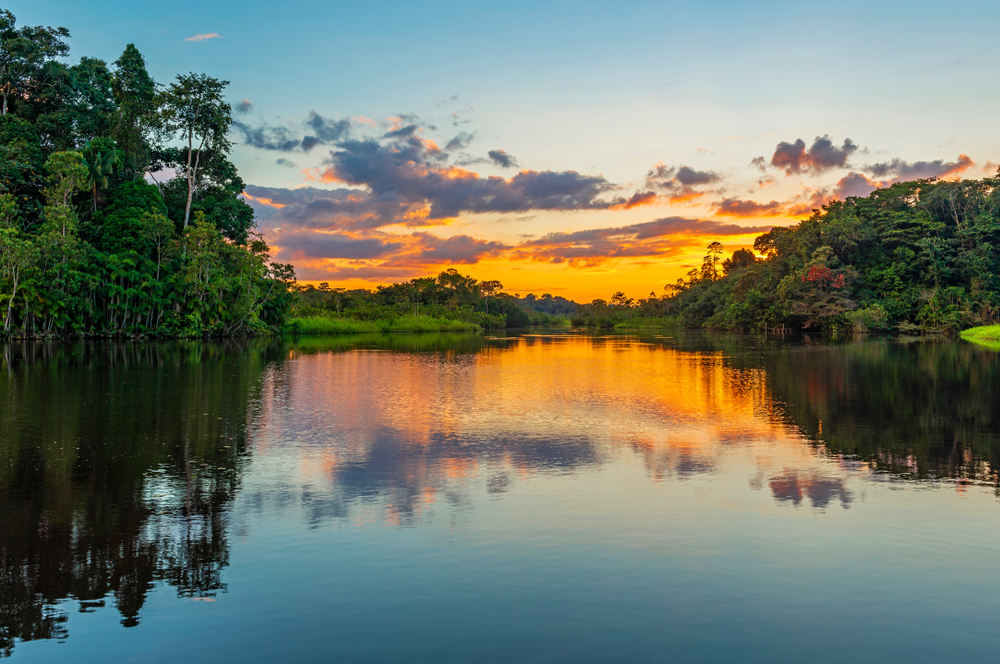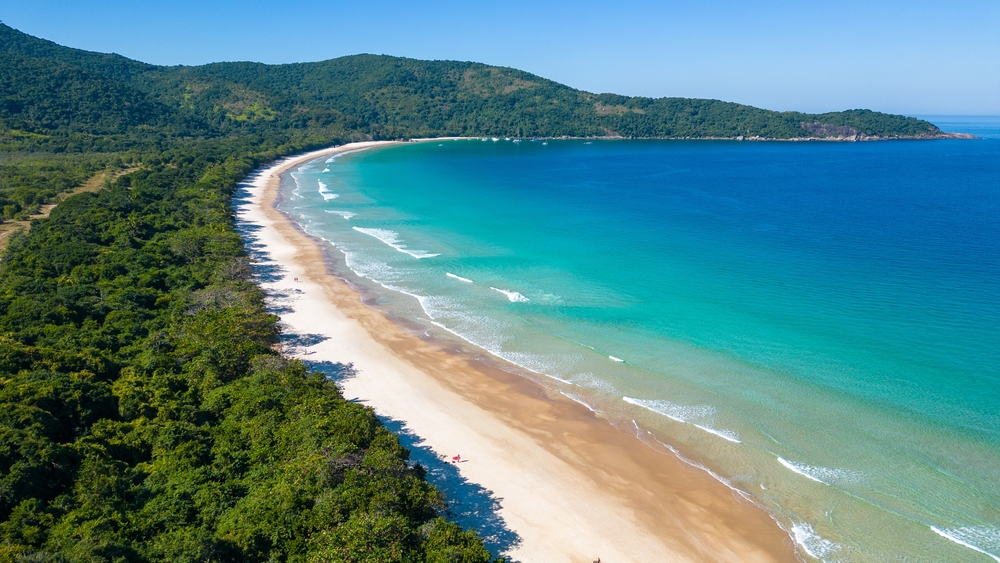Jurubatiba Sandbank Overview
Jurubatiba Sandbank National Park, known locally as Parque Nacional da Restinga de Jurubatiba, is located in the state of Rio de Janeiro, Brazil. It spans approximately 61.7 square miles (159.3 square kilometers) along the northern coast of the state, stretching across the municipalities of Macaé, Carapebus, and Quissamã.
The park holds the distinction of being the only protected area in Brazil composed entirely of restinga, a unique type of coastal ecosystem found in tropical regions, which features sandy soils and diverse vegetation. This ecosystem thrives between the Atlantic Ocean and inland lagoons, forming an environment of extraordinary ecological importance.
The terrain of Jurubatiba is characterized by coastal sandbanks, shallow lagoons, dense thickets of shrubs, and patches of tropical forest. Its landscape shifts from open sandy plains to marshes and freshwater lagoons such as Lagoa de Carapebus and Lagoa Comprida, two of the largest and most scenic water bodies within the park.
These lagoons are surrounded by lush vegetation including bromeliads, orchids, and various endemic plant species that thrive in the nutrient-poor, sandy soils. The restinga vegetation also includes creeping plants, low-growing shrubs, and isolated trees that adapt to the dry, sunny conditions typical of this biome.
The park supports a wide variety of wildlife, including several species of mammals, reptiles, amphibians, and birds. Notably, visitors may encounter mammals such as the capybara, crab-eating fox, and armadillo.
Birdwatchers are drawn to the park for its rich avian diversity, which includes species like the Brazilian tanager, the scarlet ibis, and the threatened restinga antwren, which is native to this type of habitat. The lagoons and wetlands within the park also provide essential breeding and feeding grounds for migratory birds and fish species, some of which are endangered or endemic to the region.
Popular features of Jurubatiba Sandbank National Park include its serene lagoons, winding trails through dense restinga vegetation, and wide, often deserted beaches along the Atlantic coastline.
Lagoa de Jurubatiba, in particular, is a highlight due to its size and beauty, making it a favored spot for nature observation and photography. Visitors can enjoy hiking, birdwatching, and kayaking, which allow them to immerse themselves in the unique biodiversity of this coastal environment. The park’s relative seclusion also makes it a tranquil destination compared to Brazil’s more crowded national parks.
The main ways to experience Jurubatiba are through guided ecological tours and interpretive trails that offer insight into the fragile restinga ecosystem. Boat tours on the lagoons, especially during sunrise or sunset, are popular for both wildlife observation and scenic appreciation. Educational programs and partnerships with local universities also promote conservation research and visitor engagement.
Jurubatiba faces conservation challenges due to its sensitivity to human activity, including illegal fishing, unregulated tourism, and encroaching urban development. However, the park’s establishment in 1998 marked a significant victory for conservation in Brazil, as it provided federal protection to a rare ecosystem that was rapidly disappearing.
Continued efforts by environmental agencies and local communities have contributed to preserving its unique flora and fauna, though ongoing vigilance and sustainable tourism management remain essential for its future.



